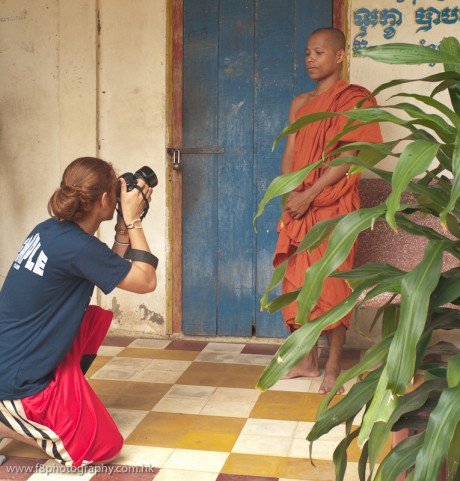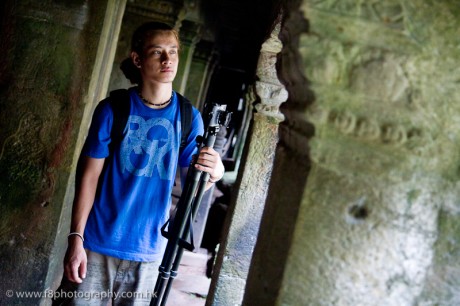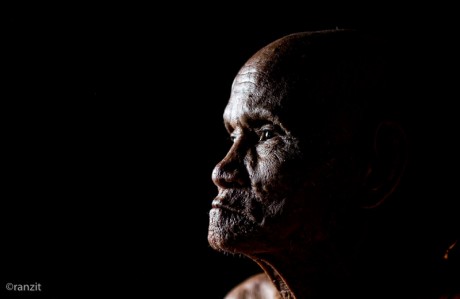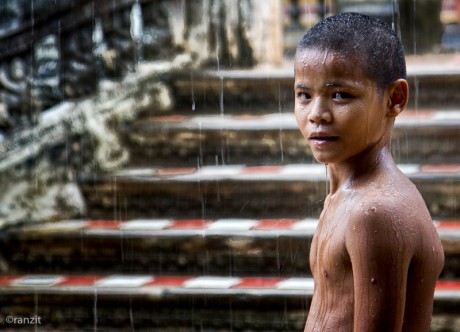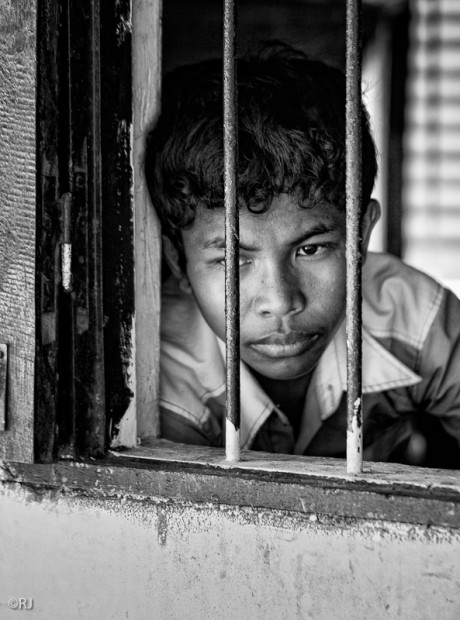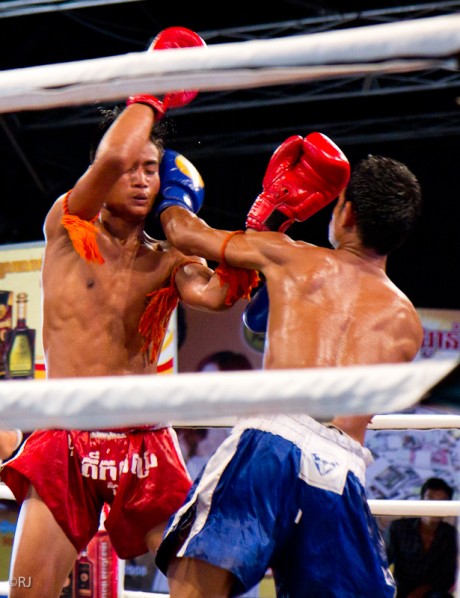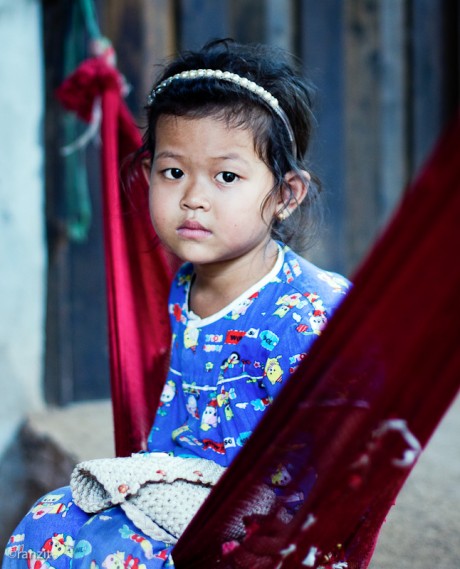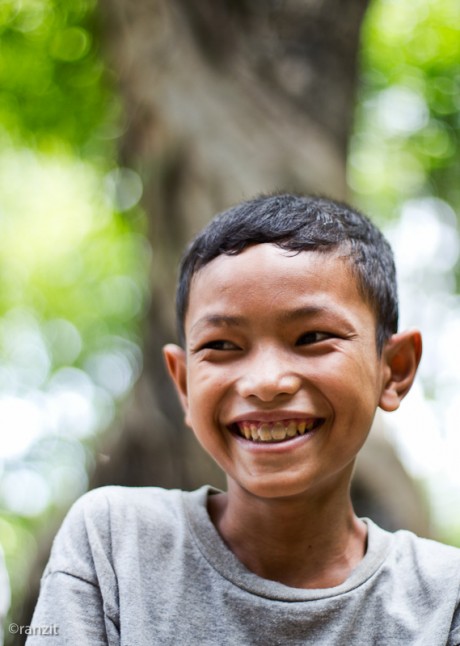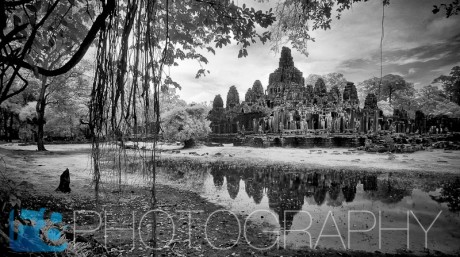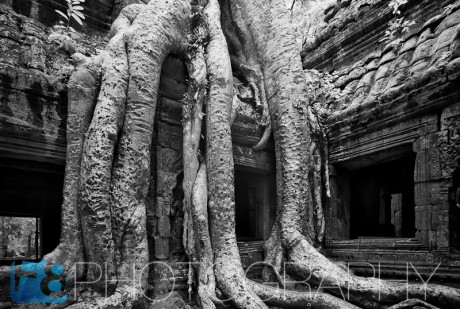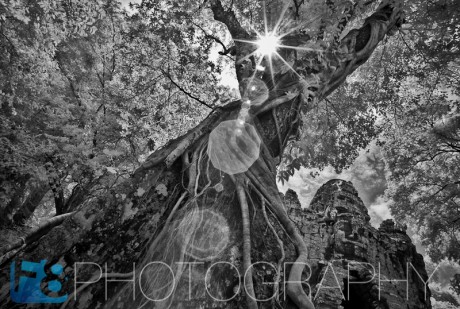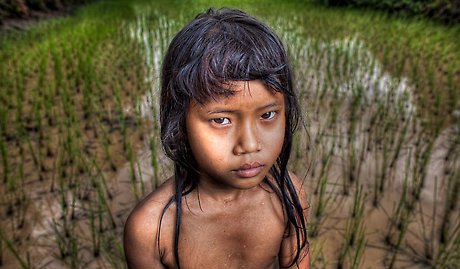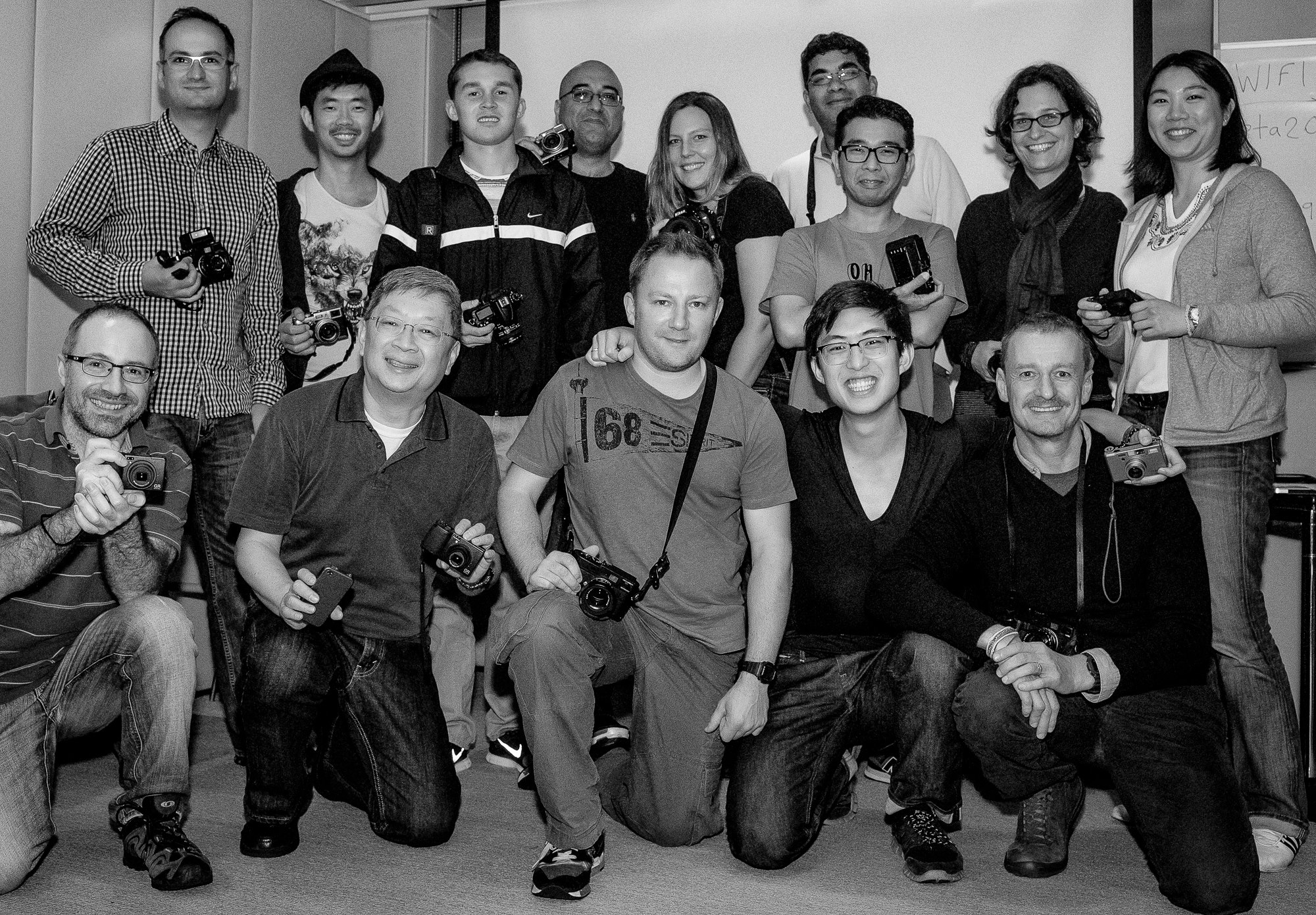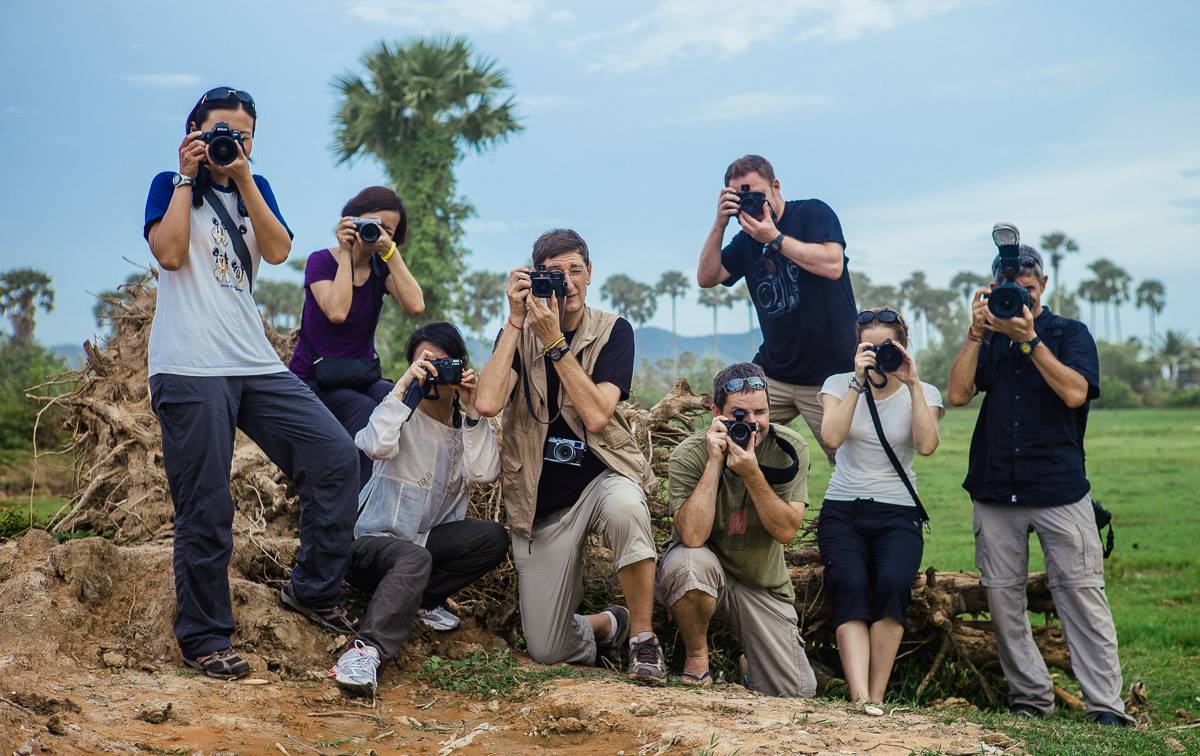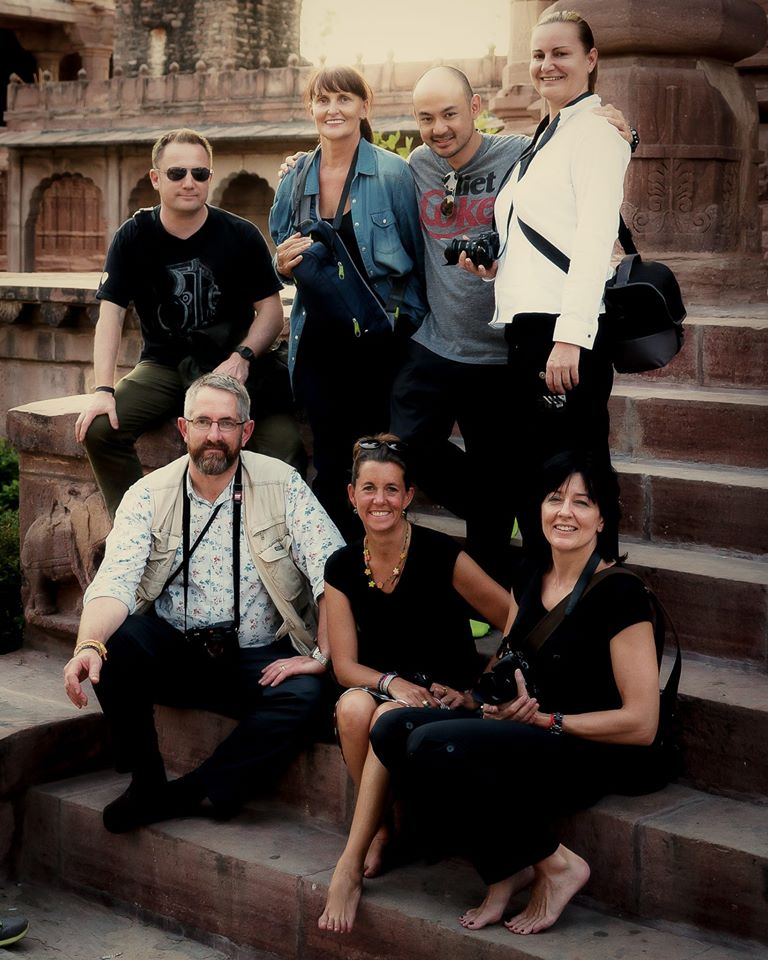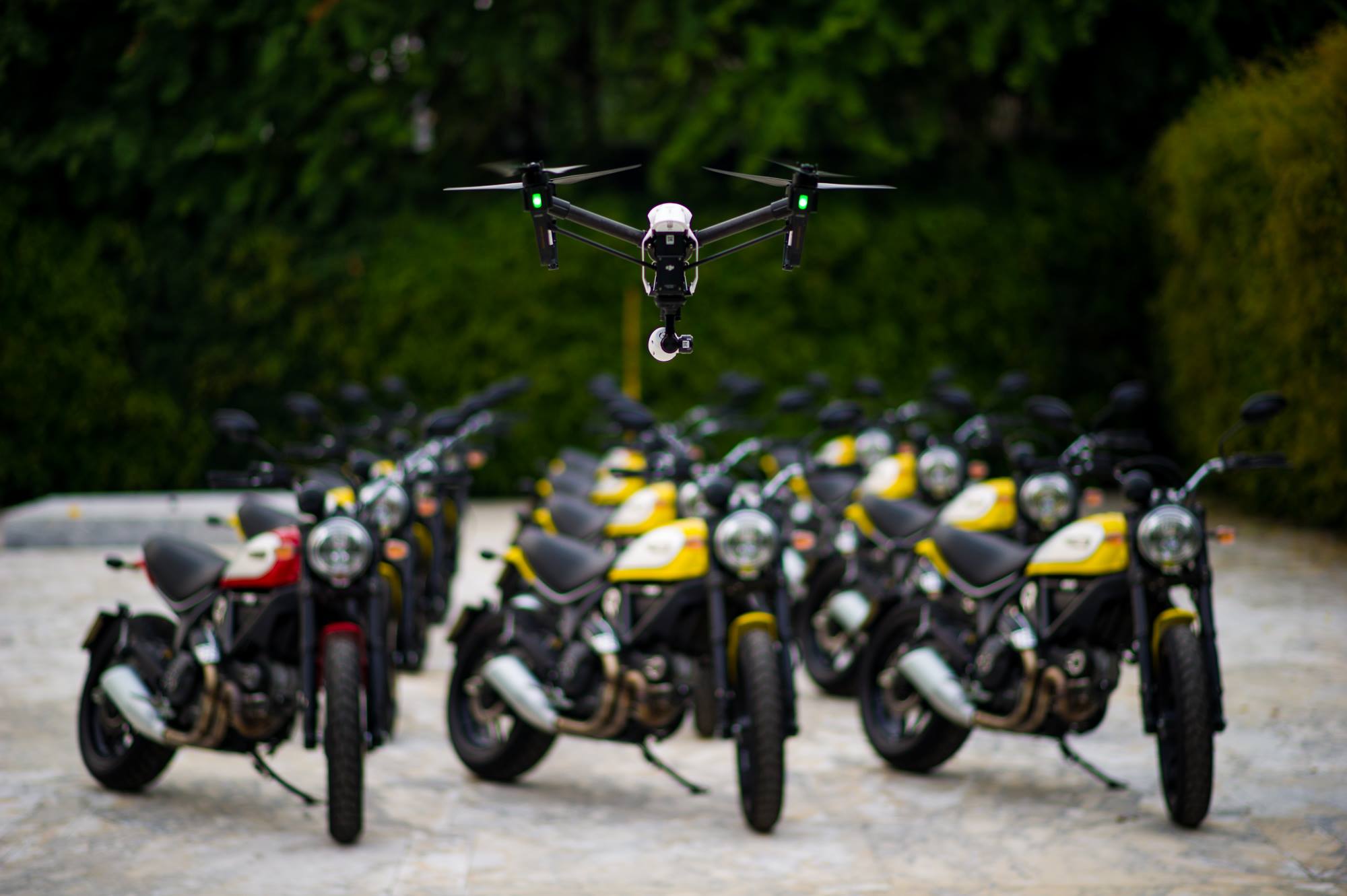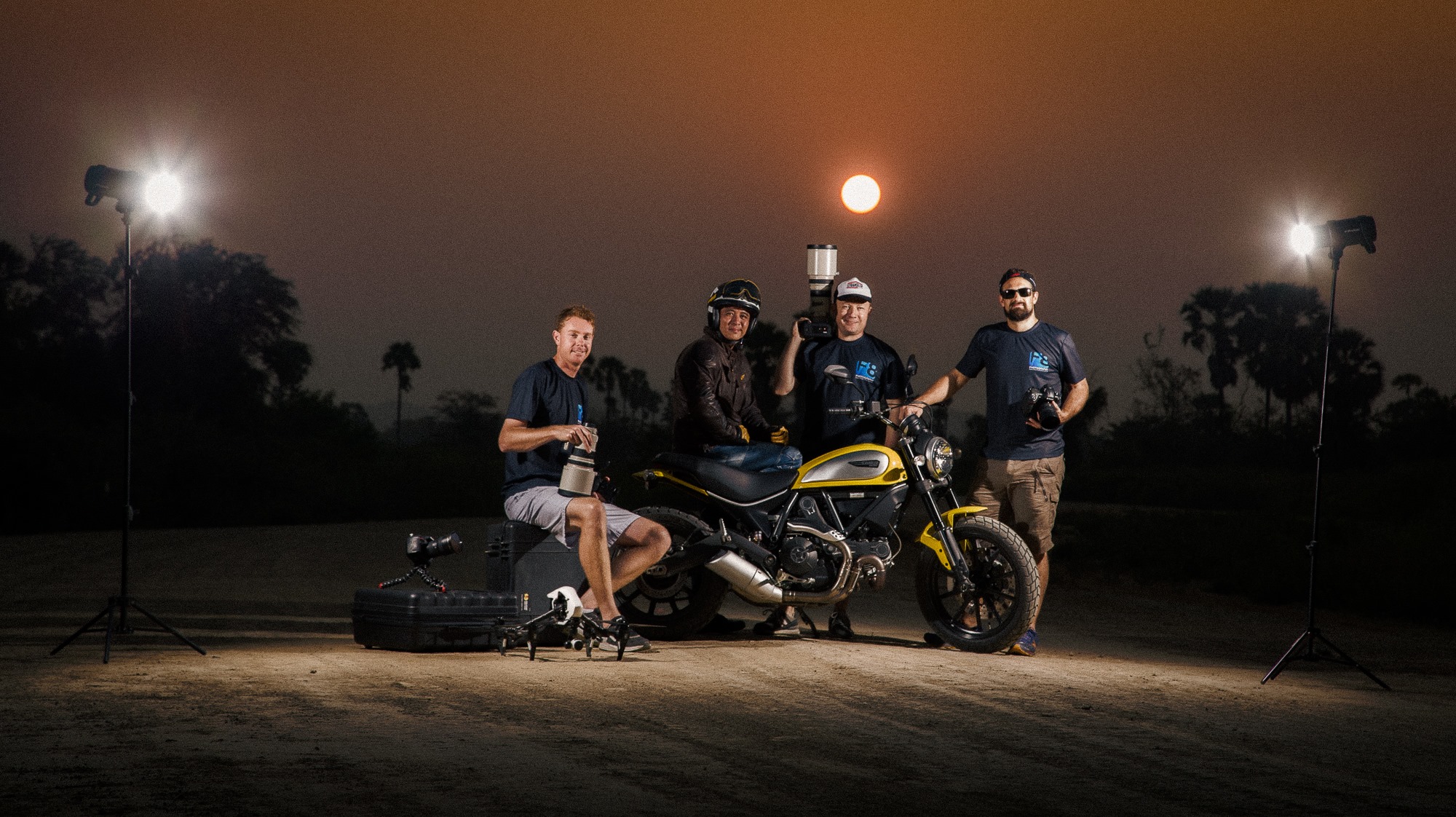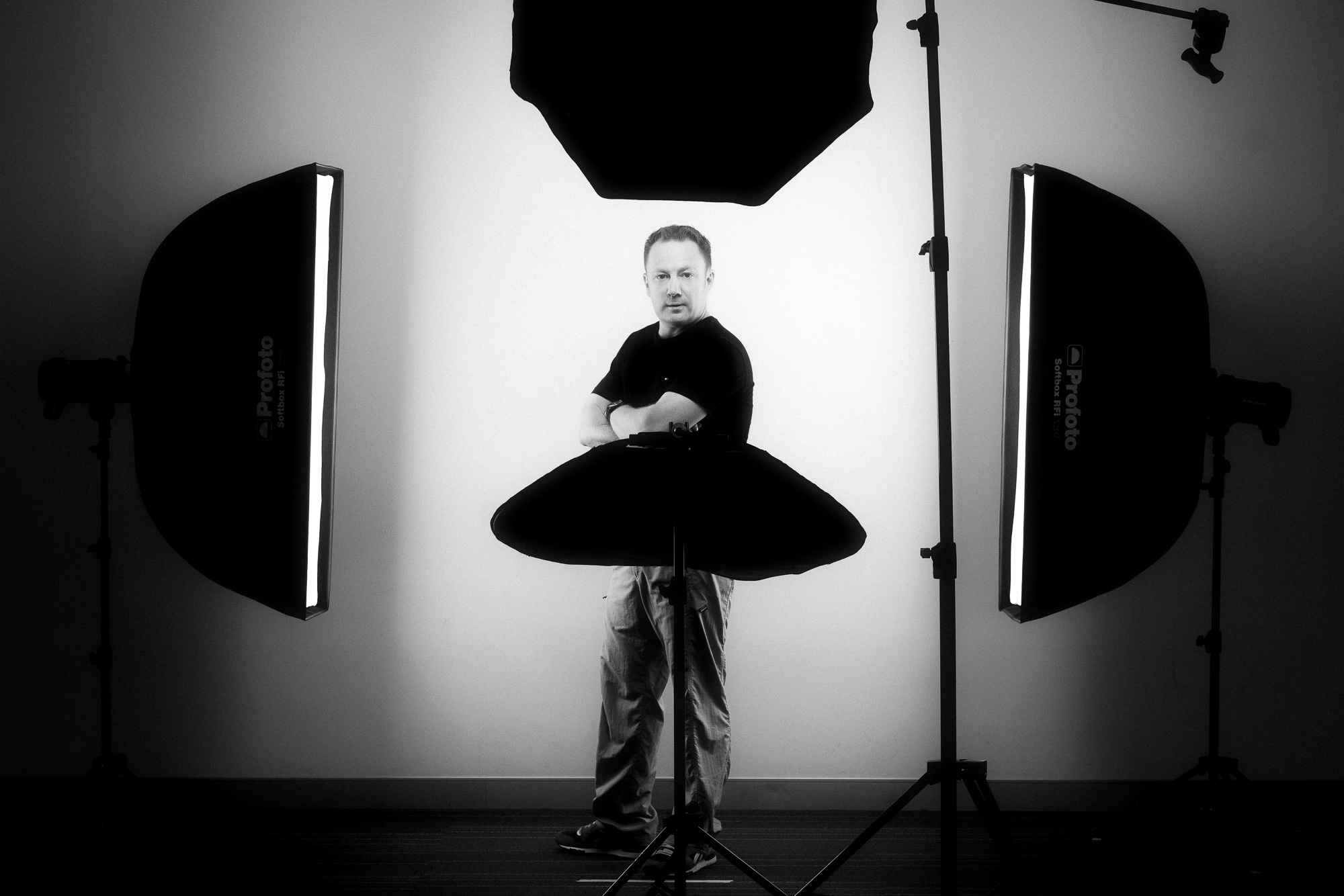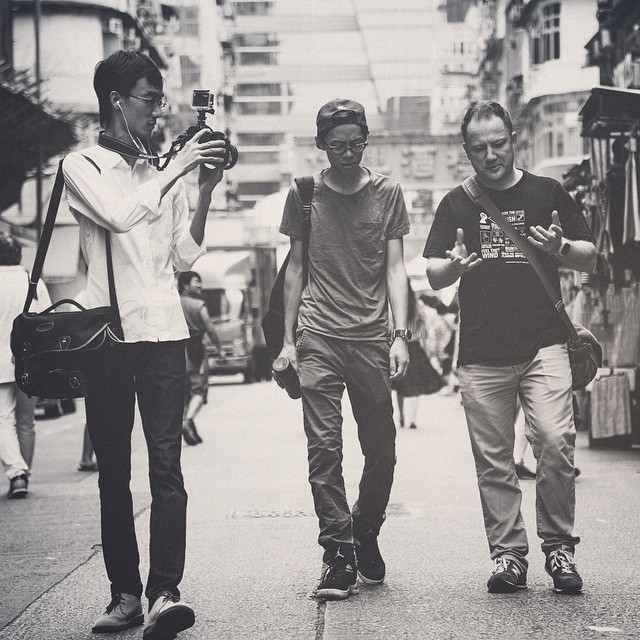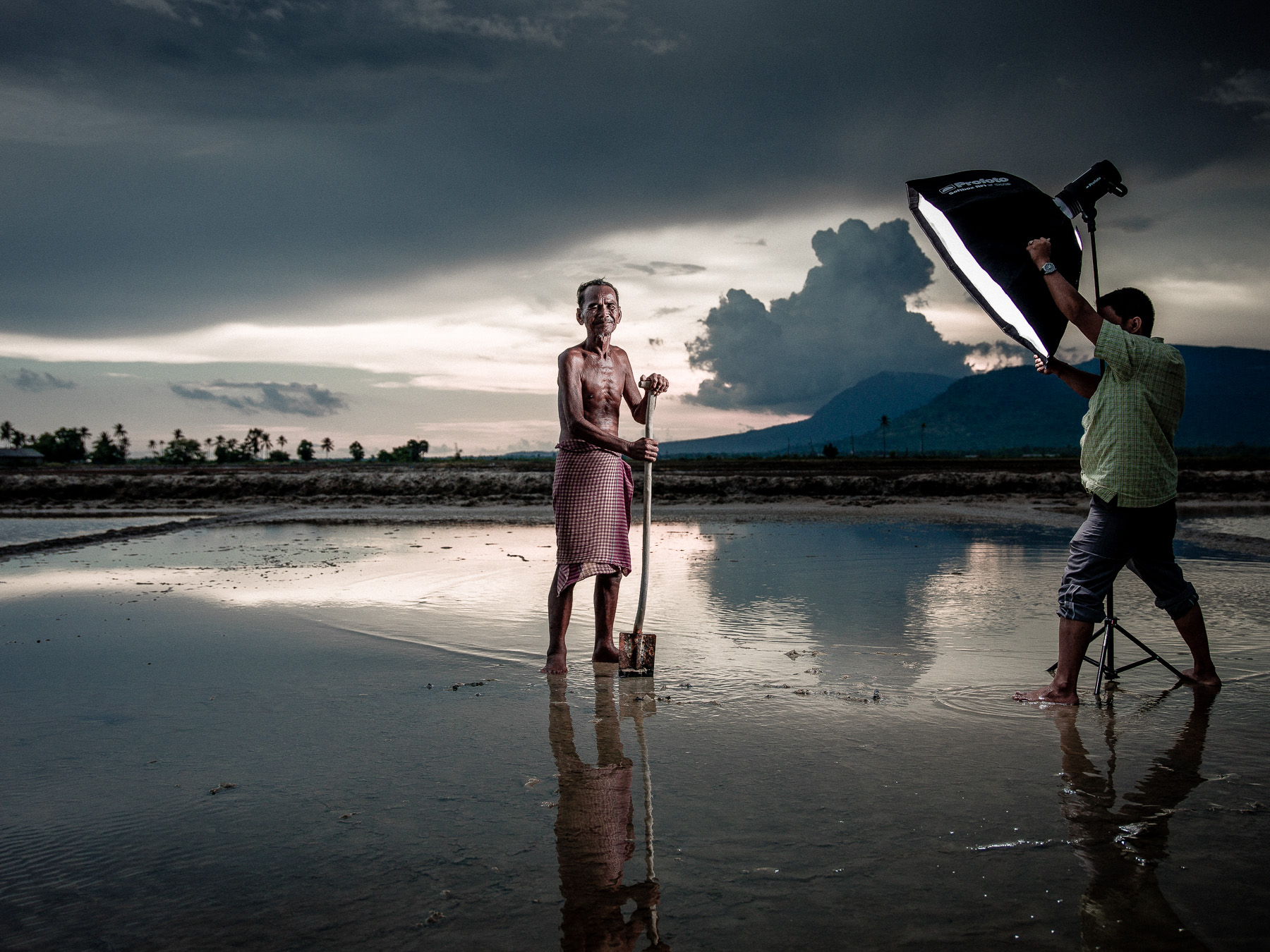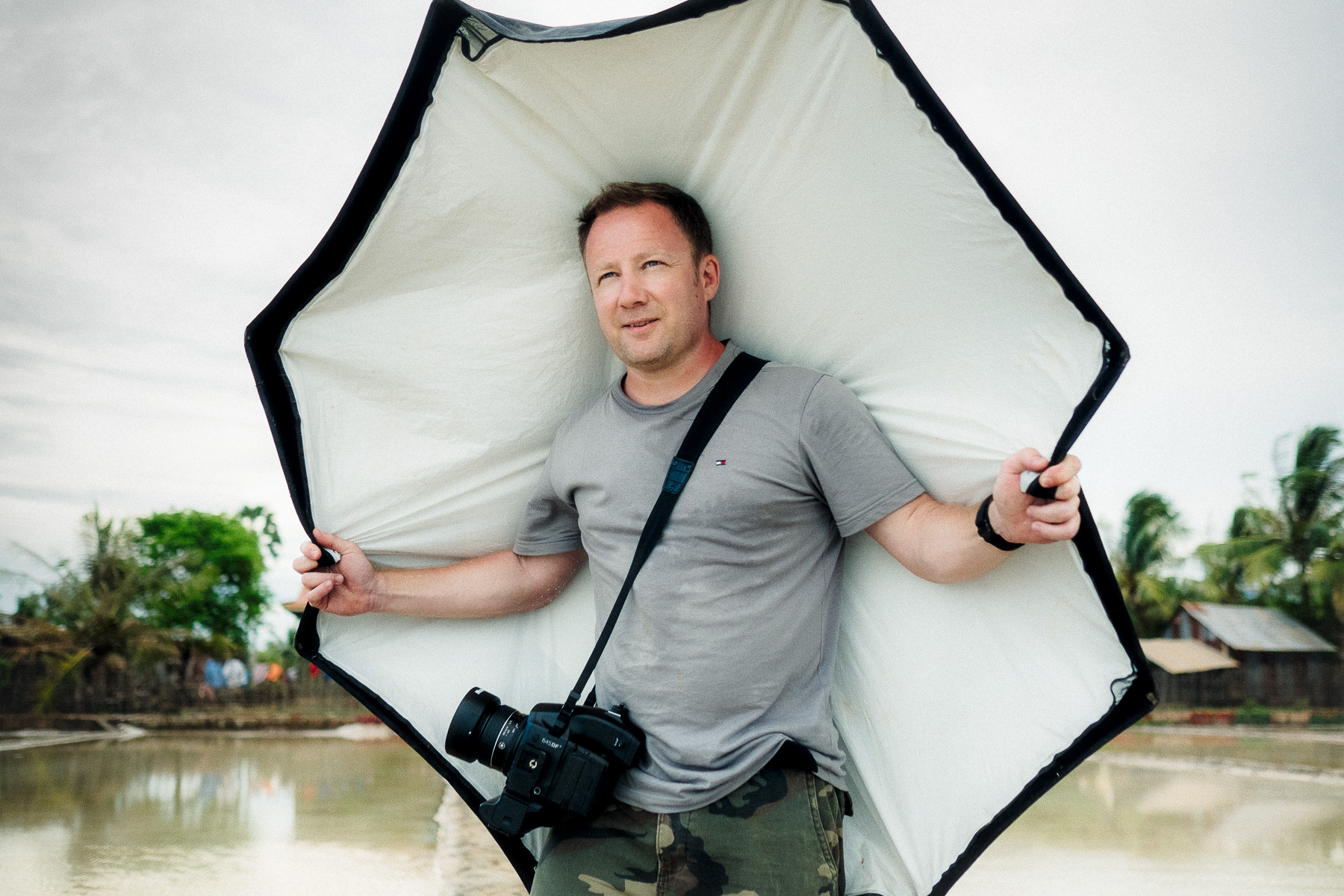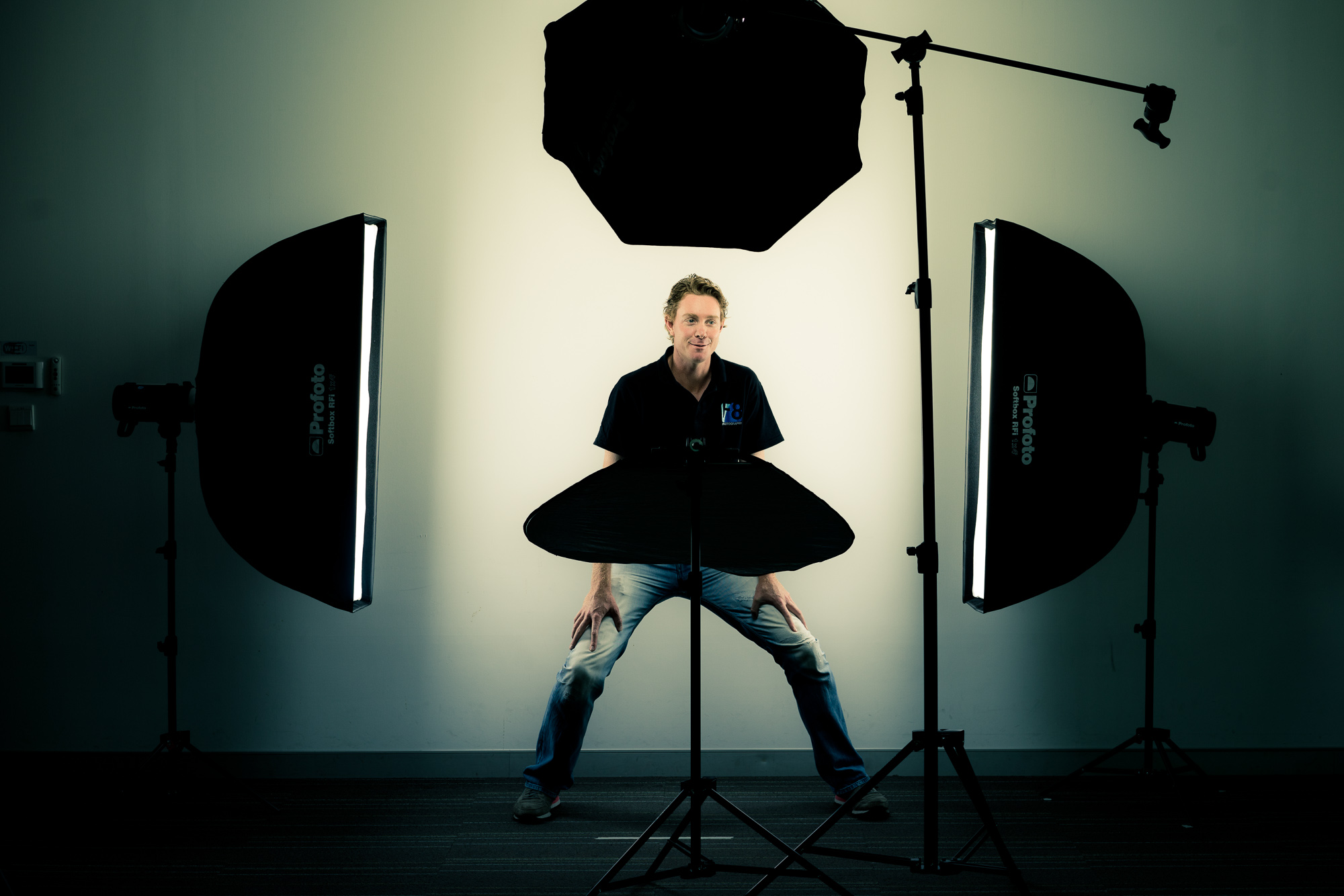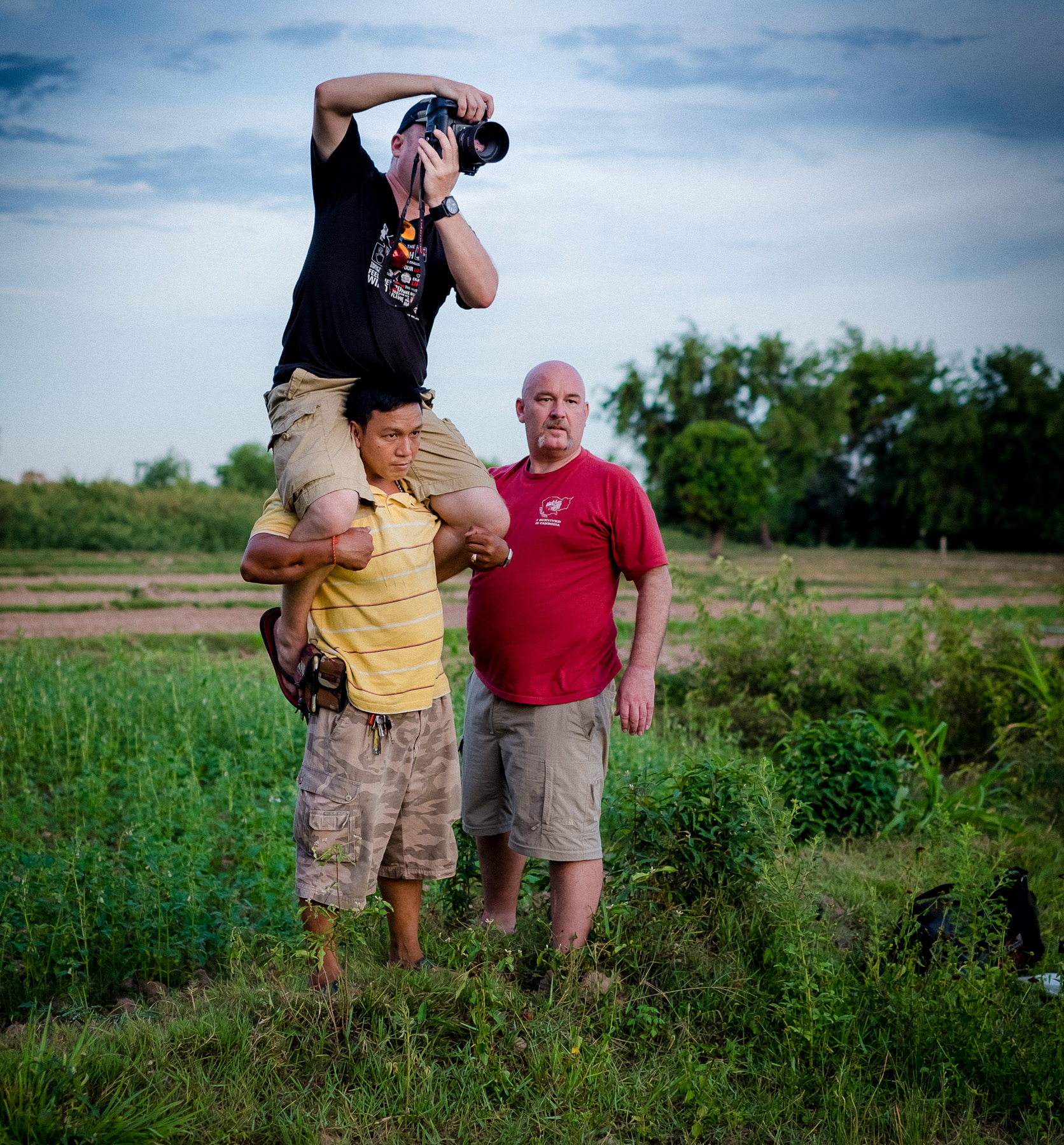Buddha's birthday celebrations....F8 Photography style
/We are now into our second day of the Phnom Penh photography workshop and we started the day bright and early before 6am shooting the views over the Mekong river for sunrise and the workers and monks coming over off the boats from silk island.
 Sunrise over the Mekong, Leica M9P, VL 21mm F4
Sunrise over the Mekong, Leica M9P, VL 21mm F4
 Monks arrive by boat from Silk Island, Leica M9P, 90mm Summarit
Monks arrive by boat from Silk Island, Leica M9P, 90mm Summarit
After that it was a quick breakfast and heading out to the local monastery...it still wasn't yet even 7am...a few yawns of tiredness could be seen, but everyone was highly motivated to get some shots before the harsh sunlight started...which wouldn't to far away...this is one of the main problems this time of year in Cambodia, the heat is unforgiving and the light can be extremely harsh...so its early rises and late finishes to capture the best light.
 Lydia at one of the temples in the monastery, trying to catch a bit of shade from the heat.
Lydia at one of the temples in the monastery, trying to catch a bit of shade from the heat.
We spent a good hour at the monastery chatting to monks and helping those that wanted to practice their english language skills, as well as playing with the kids and fascinating them with showing them their images on the back of the cameras.
Today is the 25th of May, the day on which the Cambodians celebrate Buddha's birthday, ascencion and enlightenment. We were lucky enough to be invited back in the afternoon by some of the monks to witness the parade and take part as we wished. Of course this would offer us a great photo opporunity so we all graciously accepted the invitation and headed back in the early afternoon to see what unfolded.
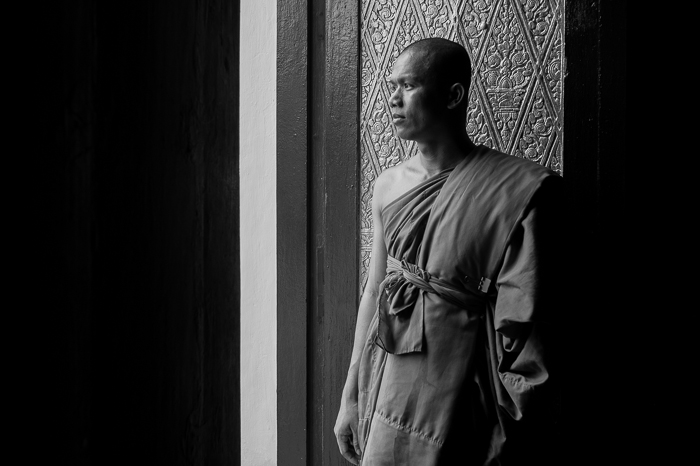 Similar shot to above, but this time trying the Leica M Monochrom and 28mm.
Similar shot to above, but this time trying the Leica M Monochrom and 28mm.
Several of the monks we had met earlier were conducting preparations in the main temple so we hung out there anxiously waiting as more and more monks and children gathered below. Andrew was kind enough to offer me the lend of his Noctilux lens as he wanted to try my 75mm lens. This worked well as as I knew with so many people around, if i wanted to single out someone i would need to be using either a Noctilux or a 75/90mm focal length.
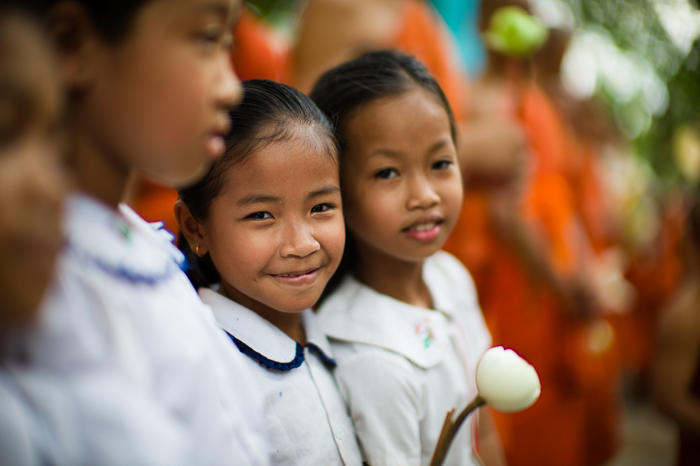 Excited kids await the start of the celebrations, Leica M9P, 50mm Noctilux
Excited kids await the start of the celebrations, Leica M9P, 50mm Noctilux
The kids were all carrying flowers as offerings for inside the temple after the precession which was about to get underway for the next 30 minutes or so.
 Monks prepare for their celebration march around the monastery, Leica M9P, Noctilux
Monks prepare for their celebration march around the monastery, Leica M9P, Noctilux
As the parade came to its end back at the temple I crossed the street to try and get some shot of the Monks coming past with a bit of symmetry, as i focussed on this monk he didn't notice me, but just looked up to the heavens....i thought...."jackpot" as that was for me the shot of the day....so we had spent a good few hours around this area and I think it was well worthwhile and a great experience to be able to be part of their day. We will be sure to return on Monday with prints for them all to return our gratitude to them for allowing us to photograph them. Tomorrow its off to silk island bright and early at 6am. Looking forward to more great photo opportunities in a rural setting.
 My shot of the day for me personally, Leica M9P, Noctilux
My shot of the day for me personally, Leica M9P, Noctilux
If you wish to see other images and blog posts from this trip and other Cambodia trips you can see a selection by clicking here.
Thanks for taking the time to visit our blog, if you like our blog and website, please ‘like’ us on our public Facebook page and share this story with your friends with the Facebook and twitter links below. You can also subscribe to our blog here.
F8 Photography provides commercial photography and photography and video training workshops, more details can be found via the ‘courses and workshops’ link and upcoming events via the front page of our website.
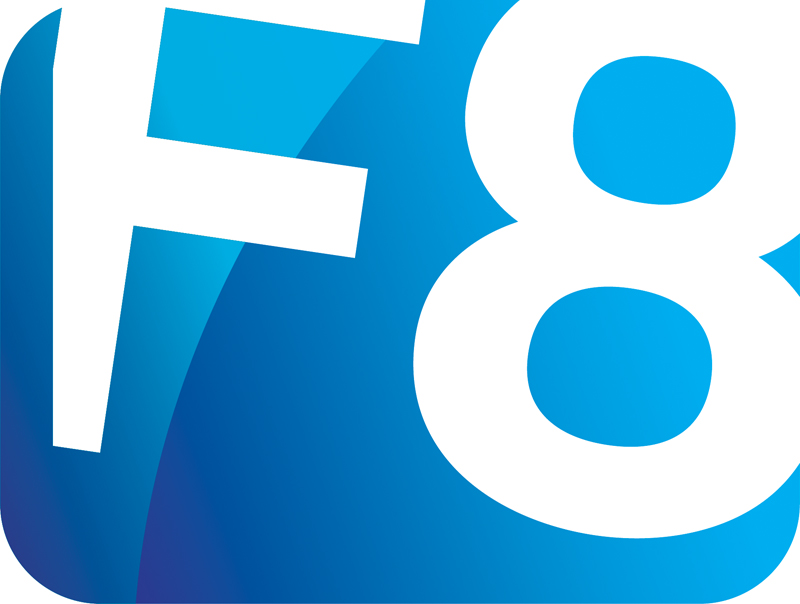



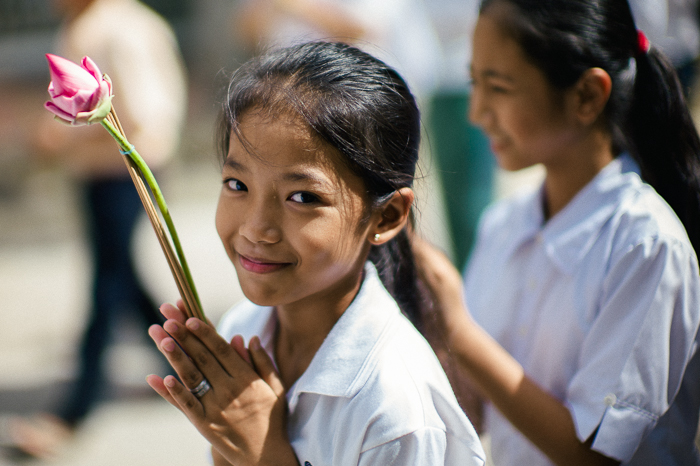
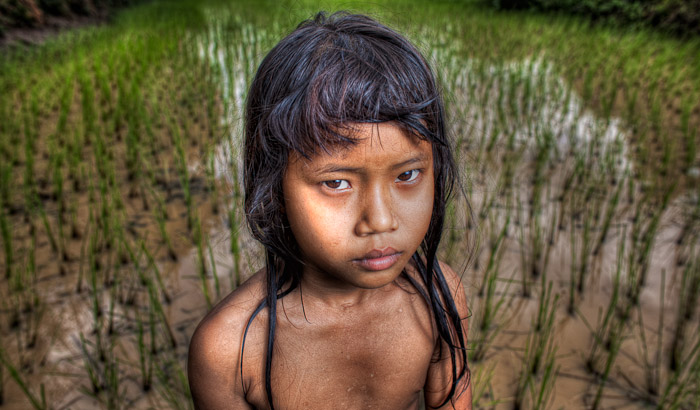
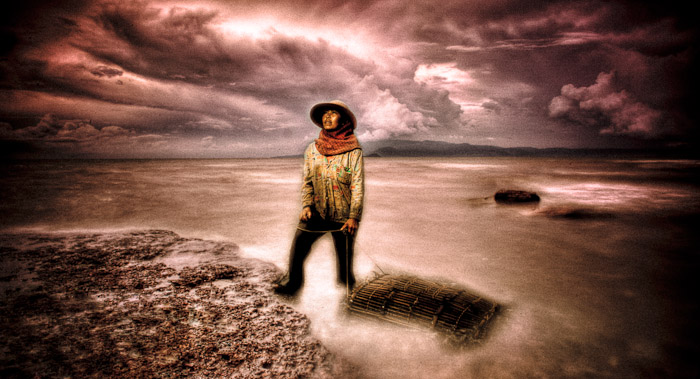
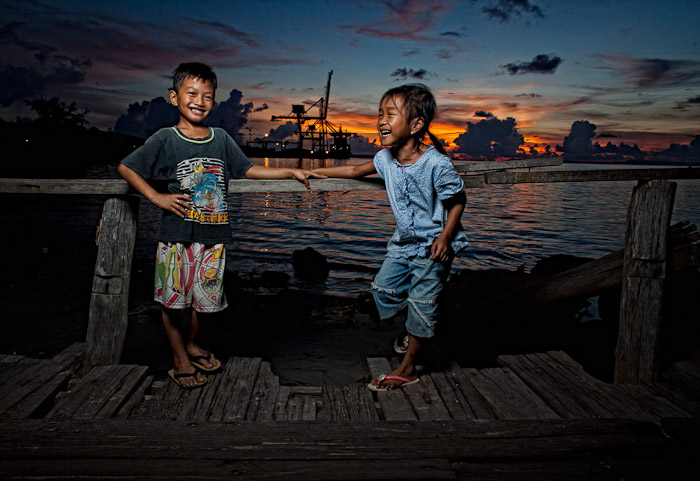
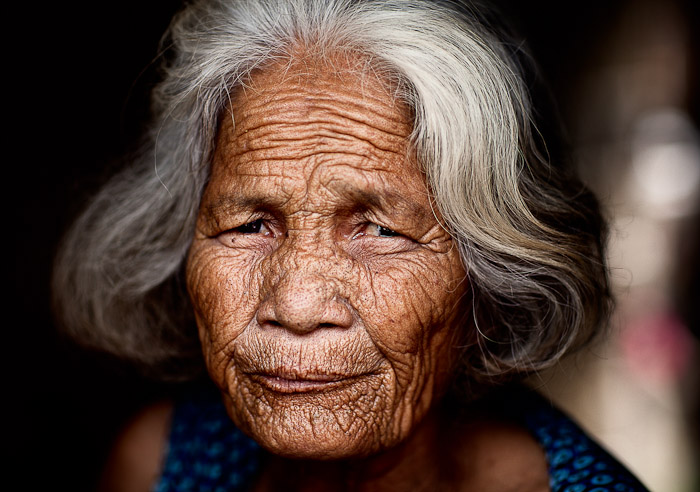
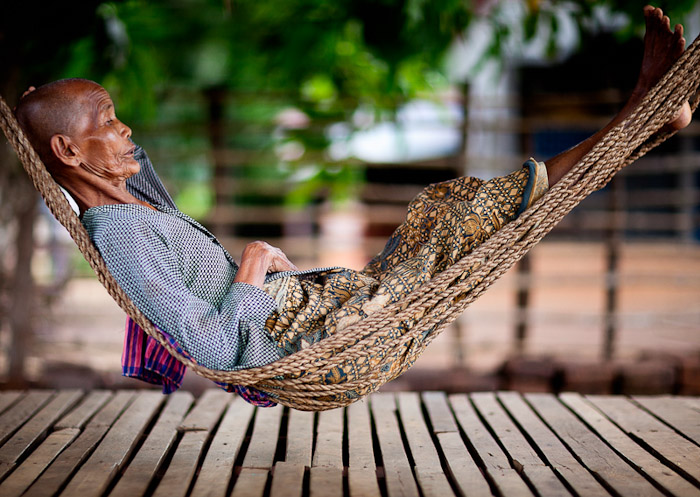
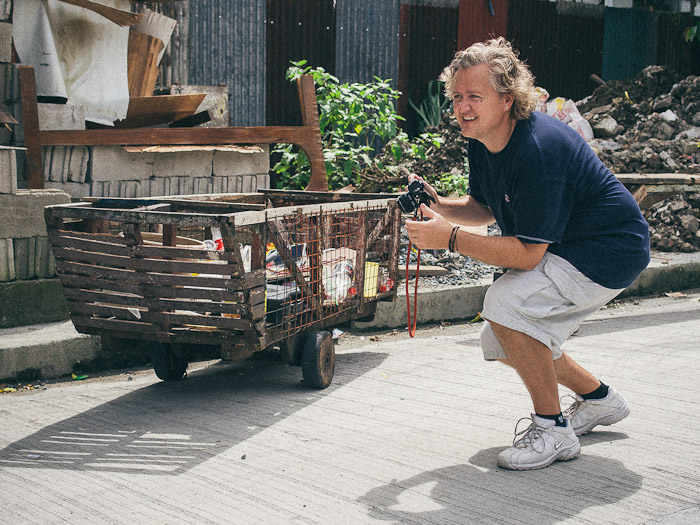
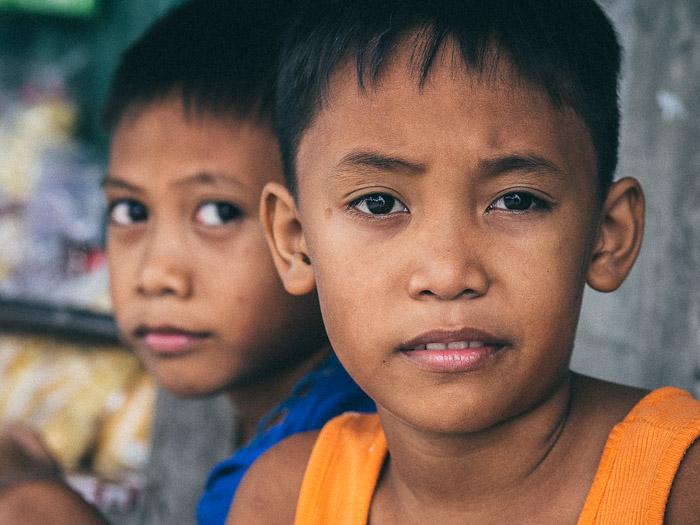
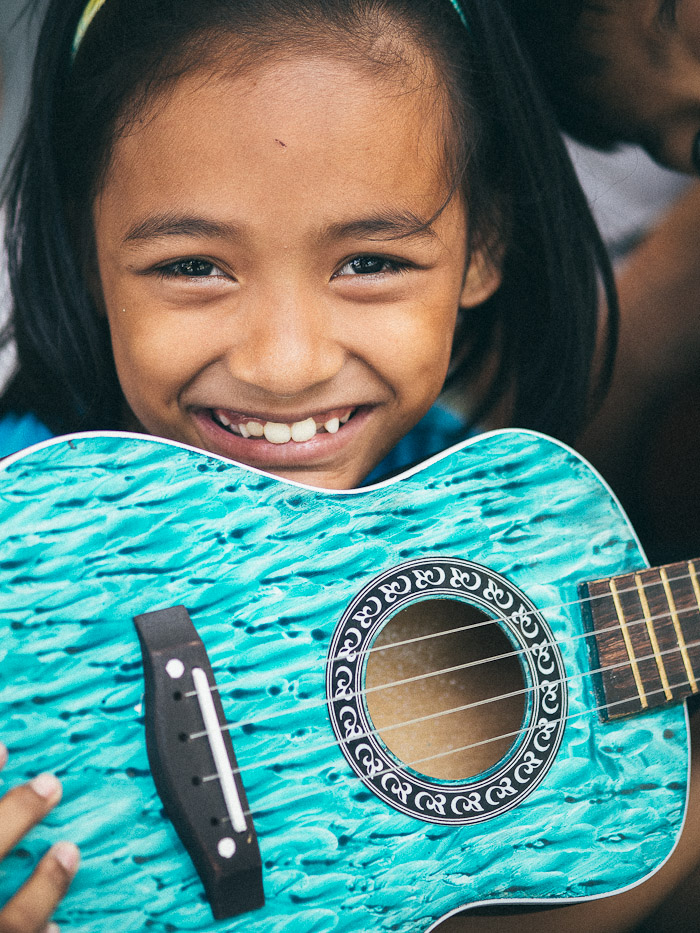

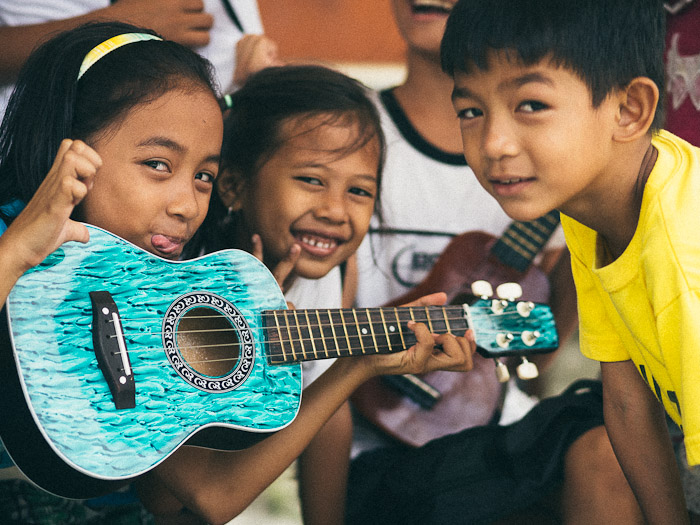
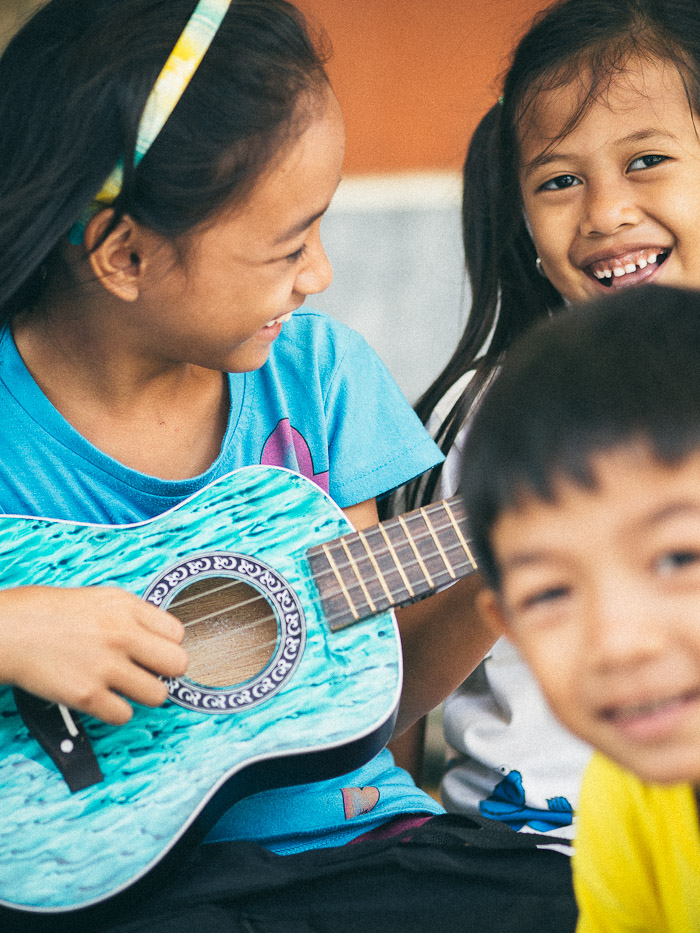
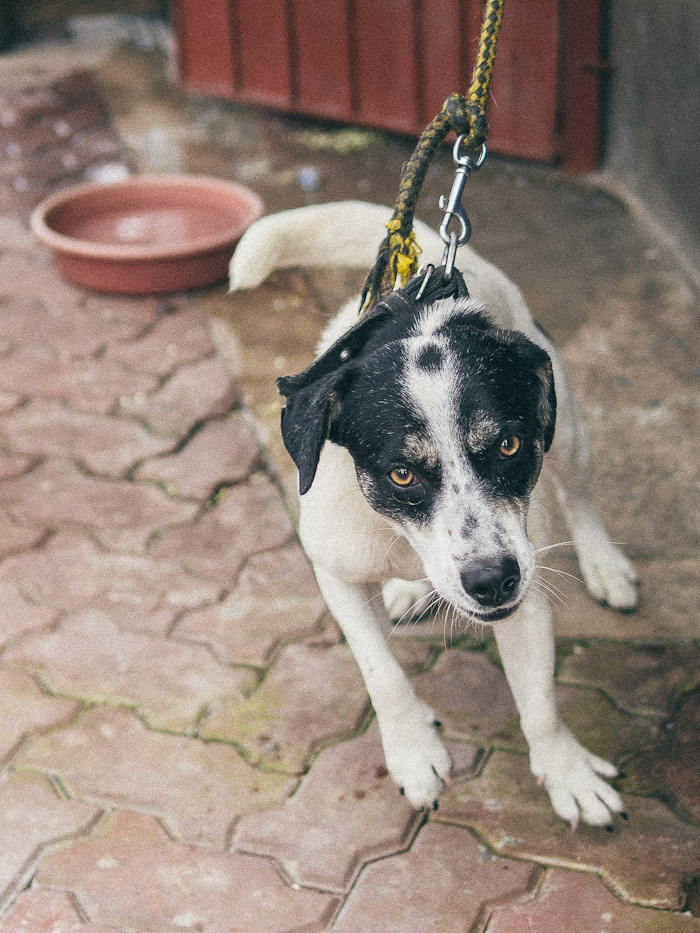

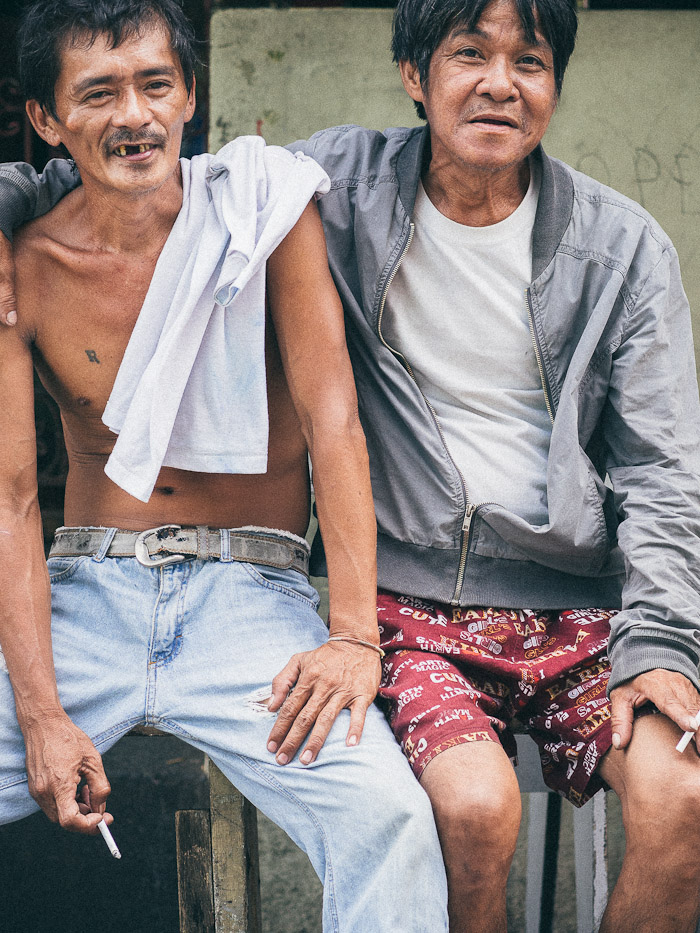
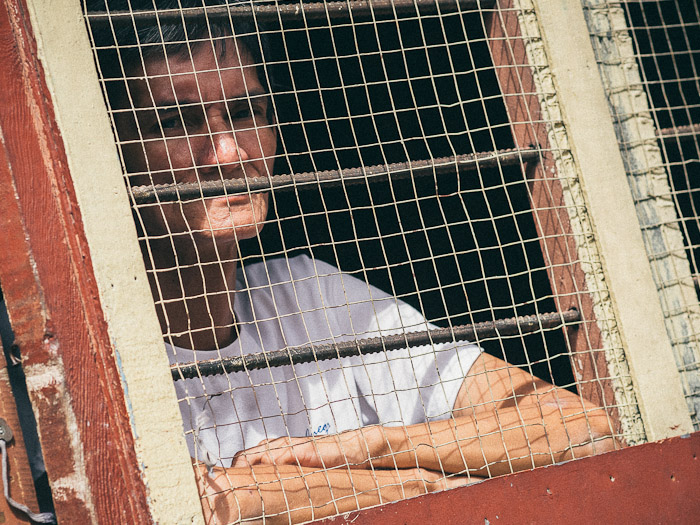
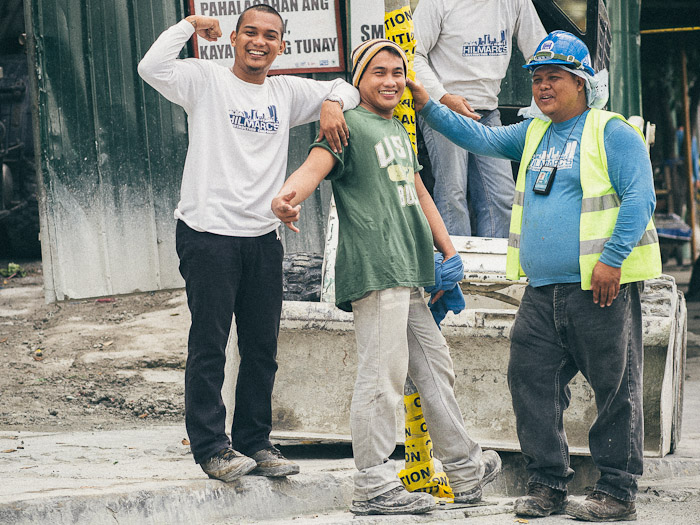





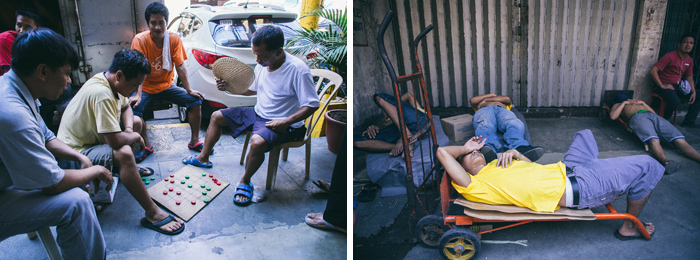

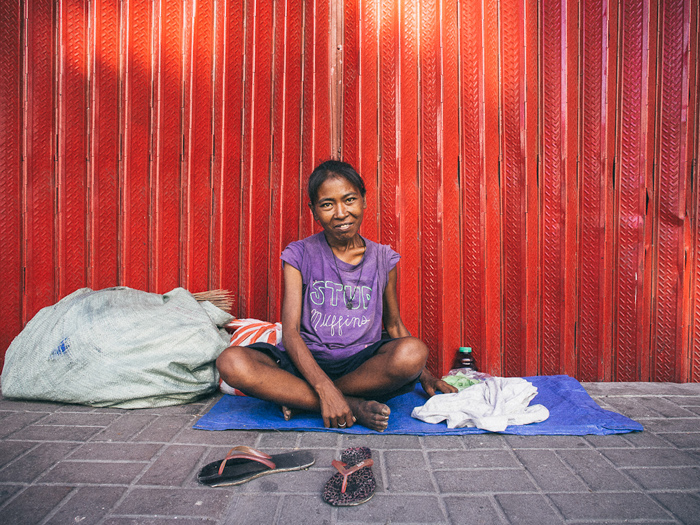
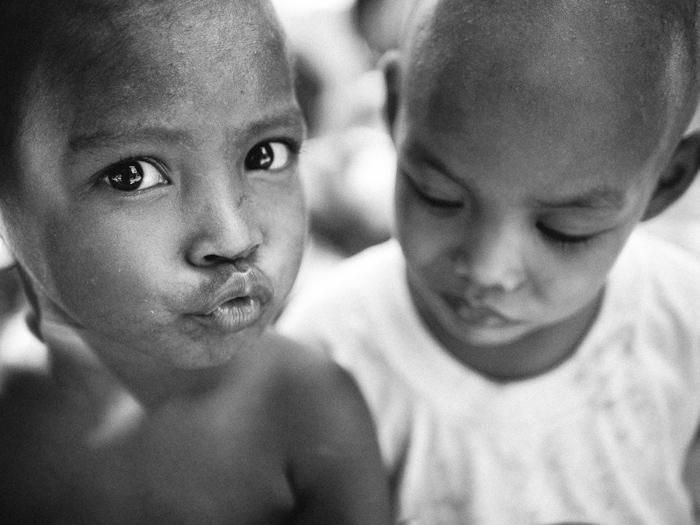
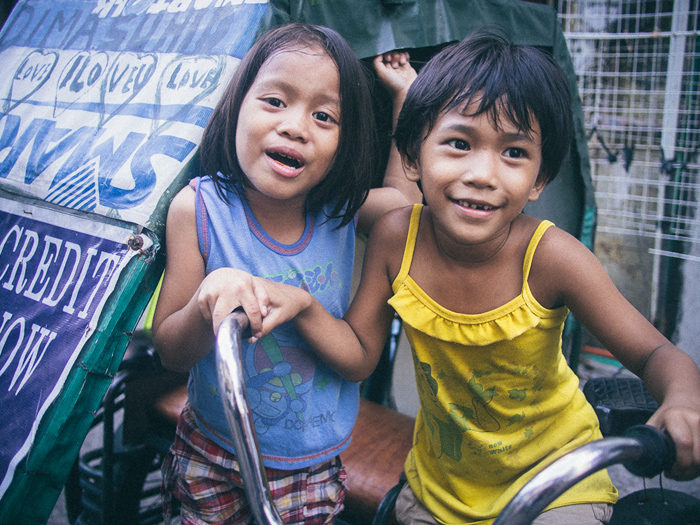

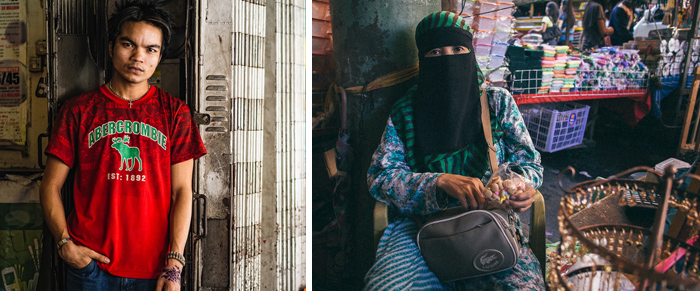

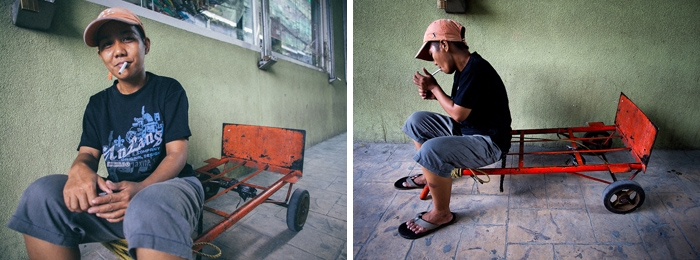

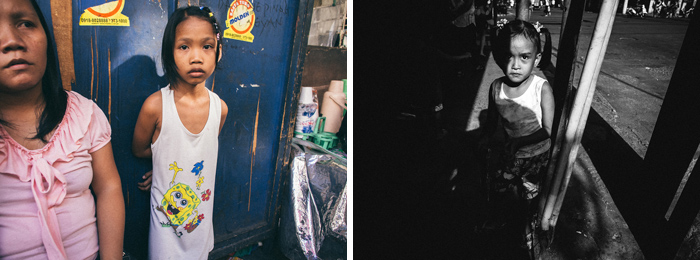
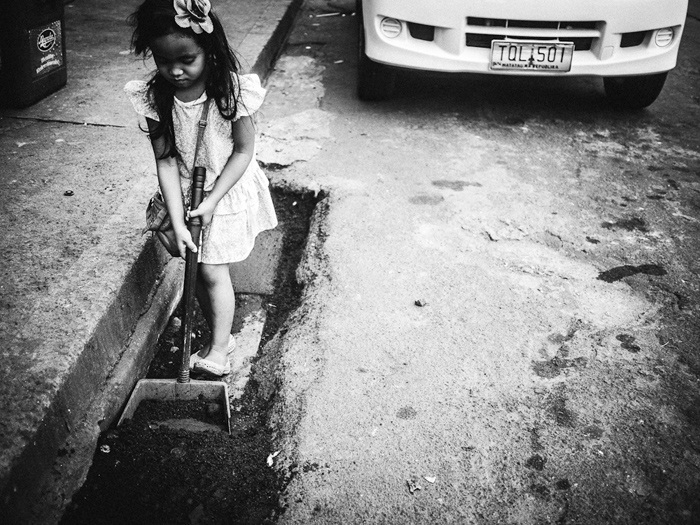






 (local school in Phnom Penh, with super friendly staff and kids, 45mm)
(local school in Phnom Penh, with super friendly staff and kids, 45mm)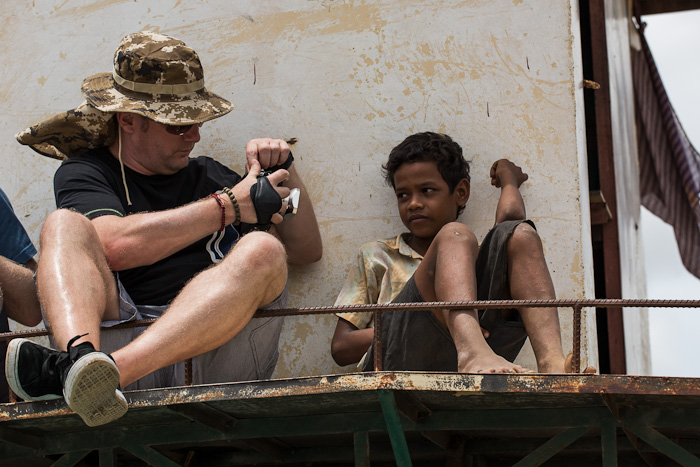





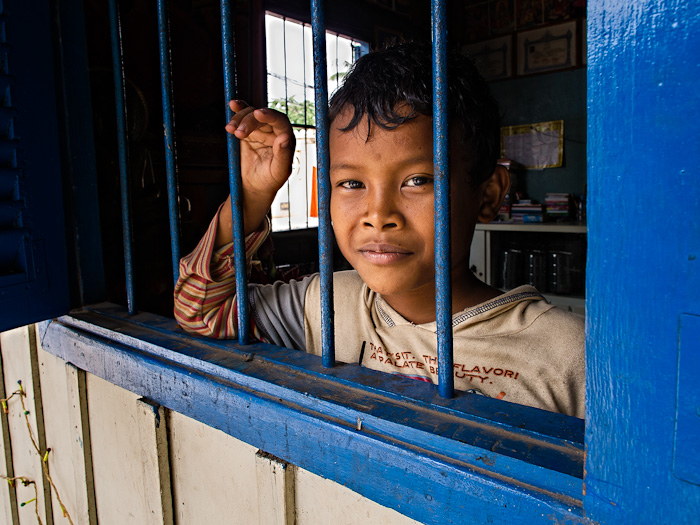
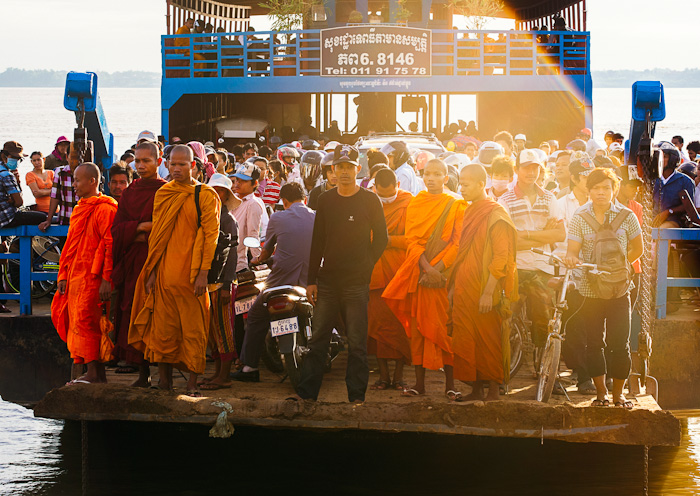
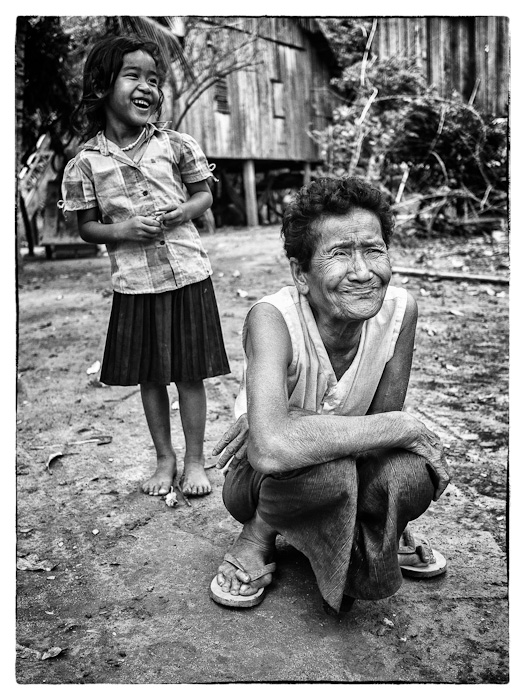
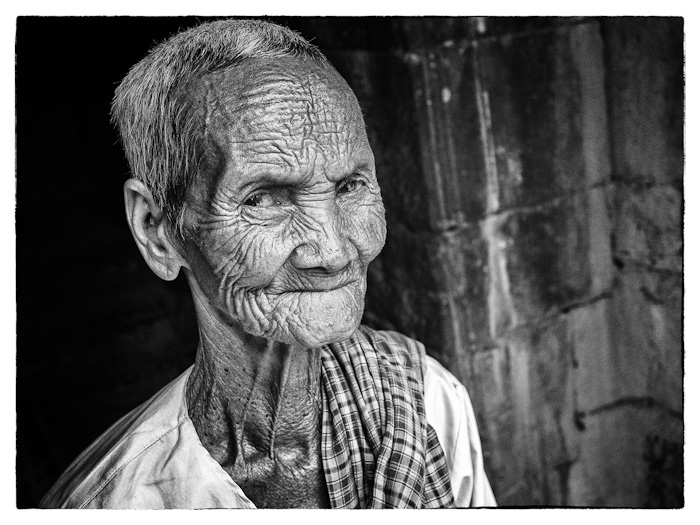


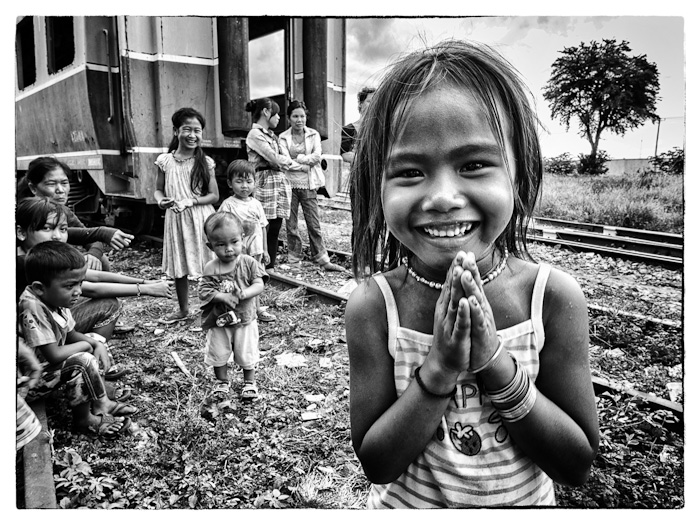






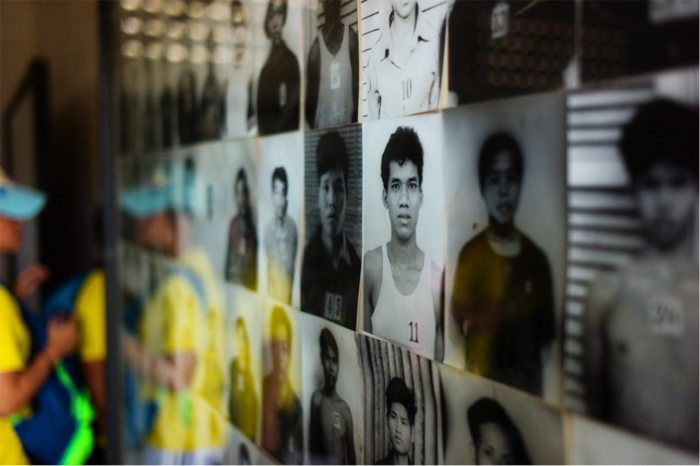

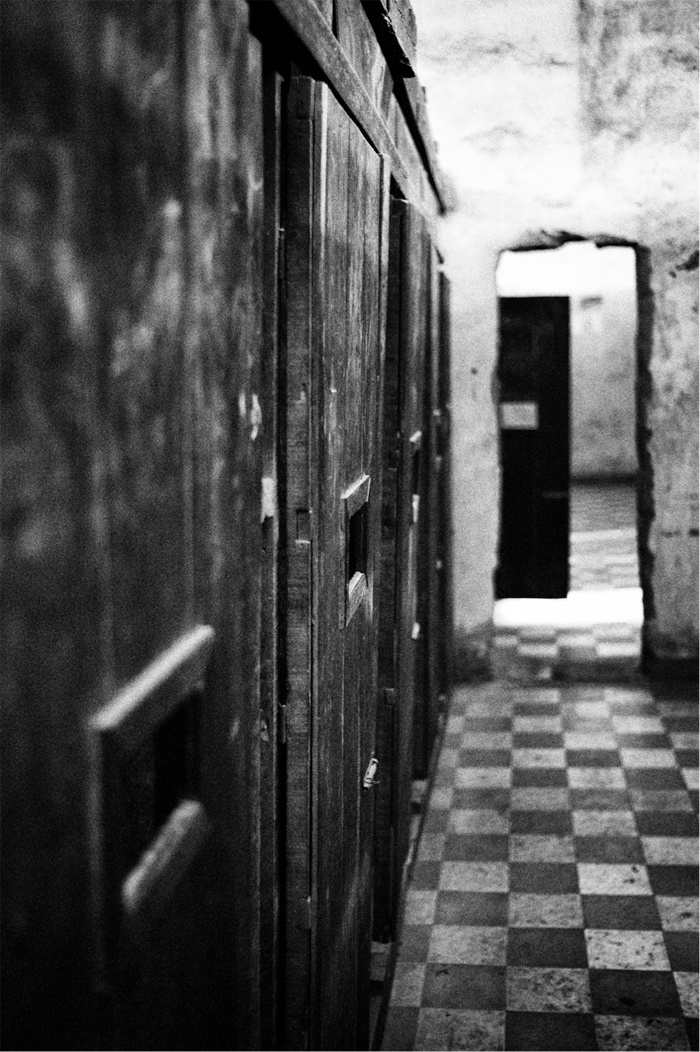


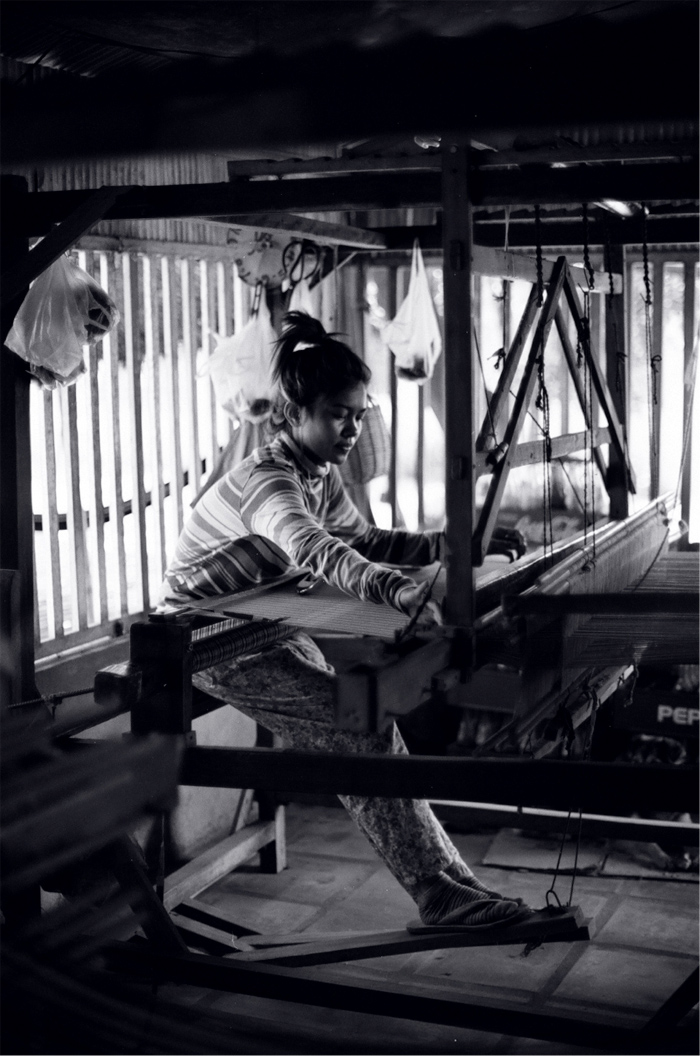
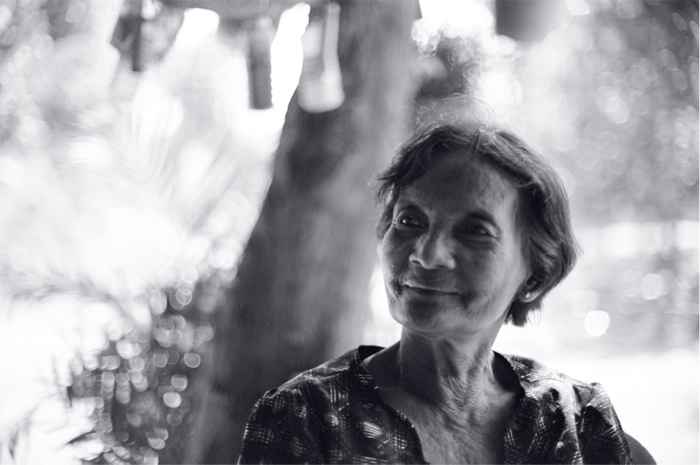
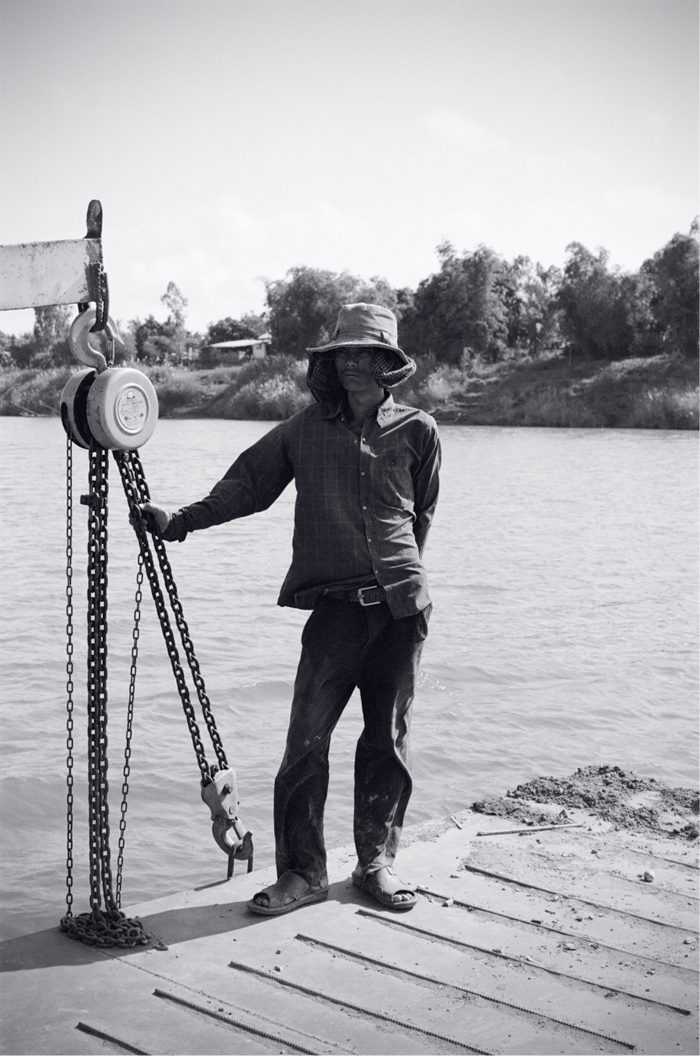
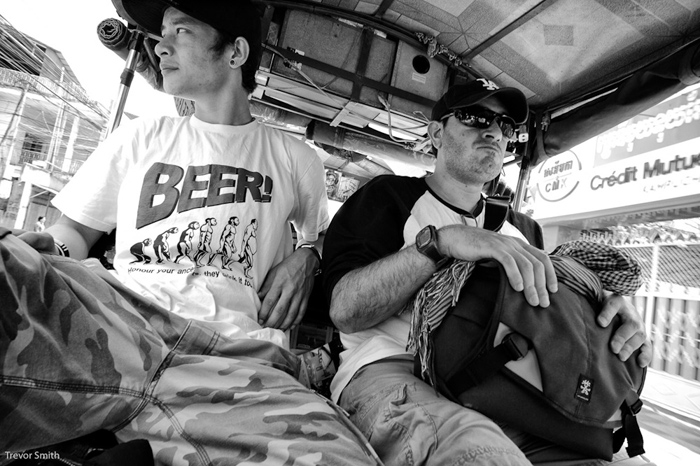
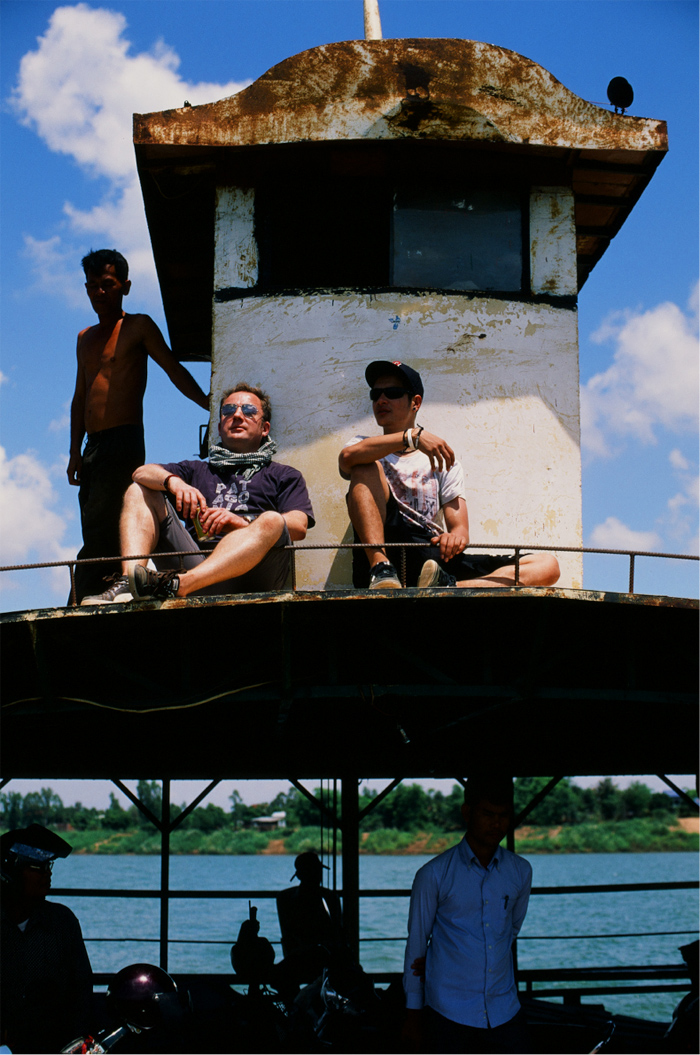
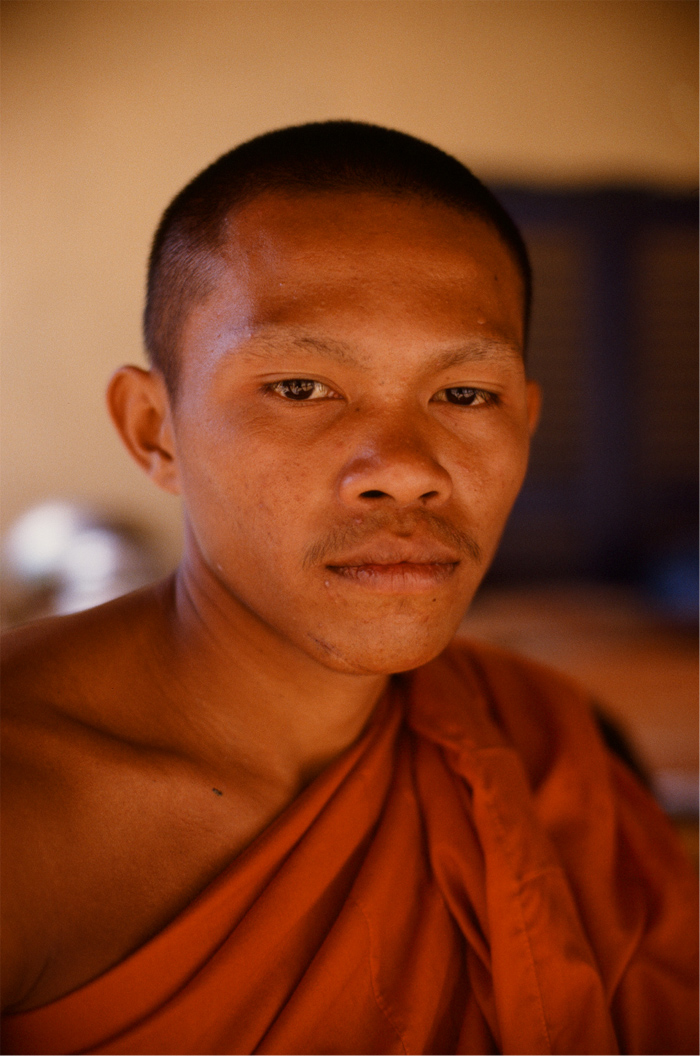




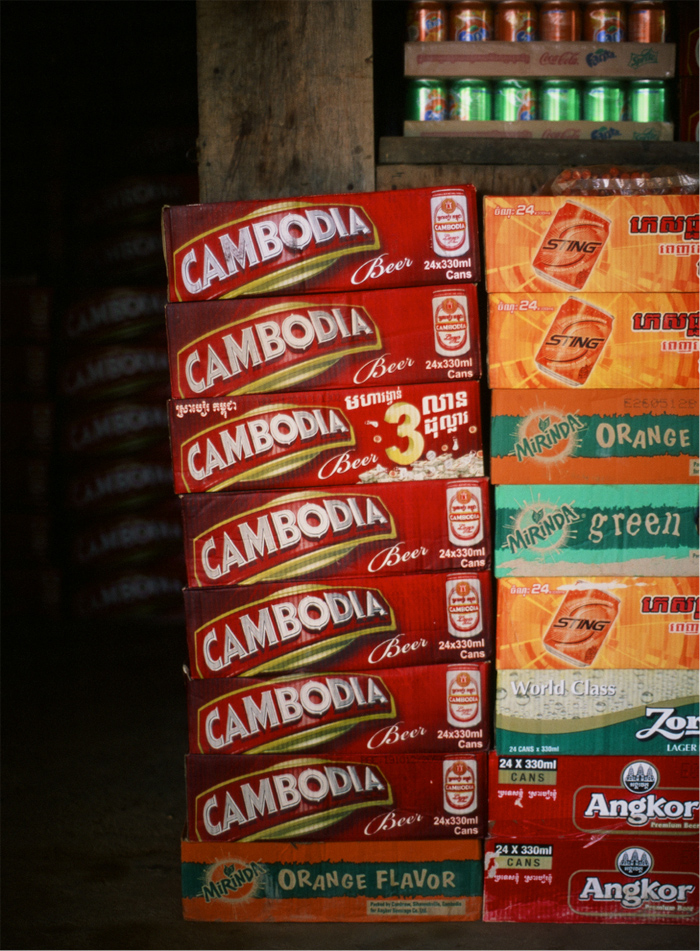 (A great way to end the day! Nikon FM3a, 50mm, Fuji Velvia 50)
(A great way to end the day! Nikon FM3a, 50mm, Fuji Velvia 50)




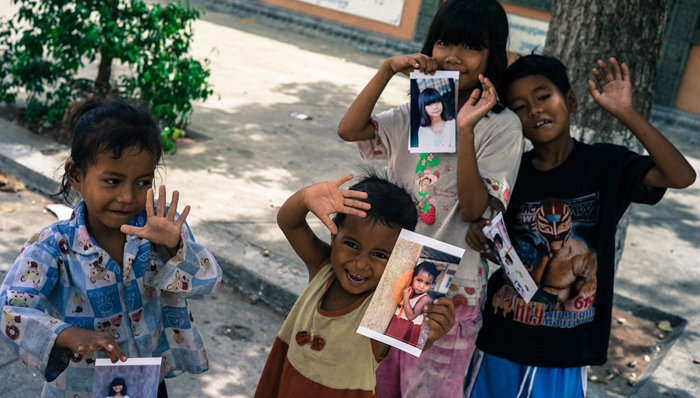
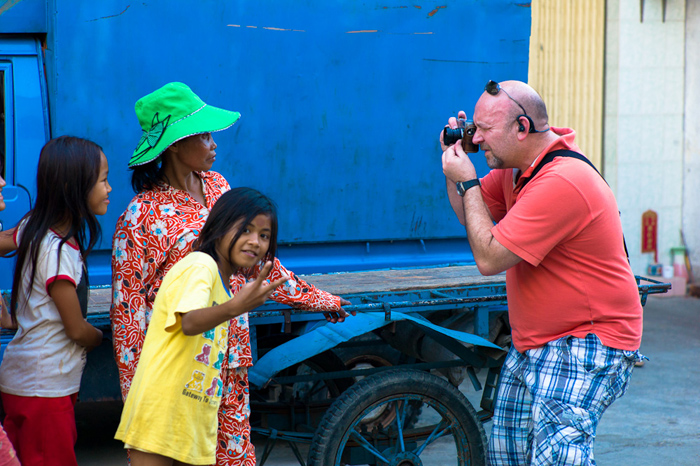
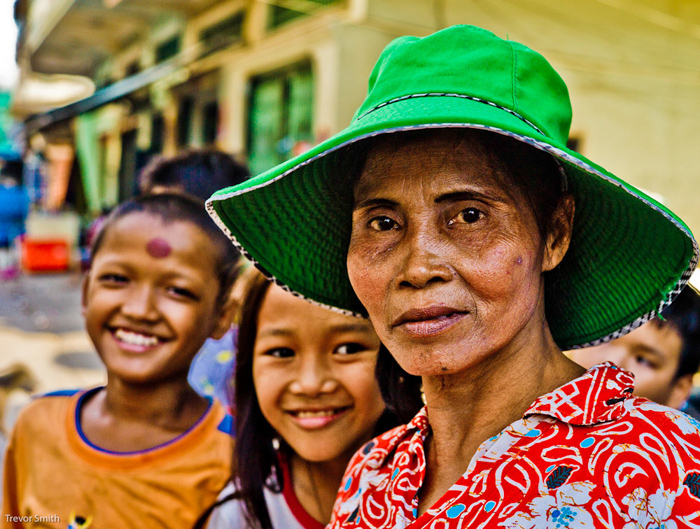






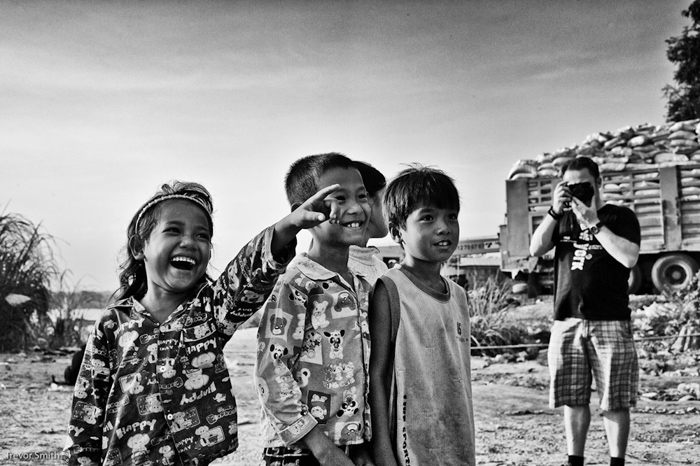




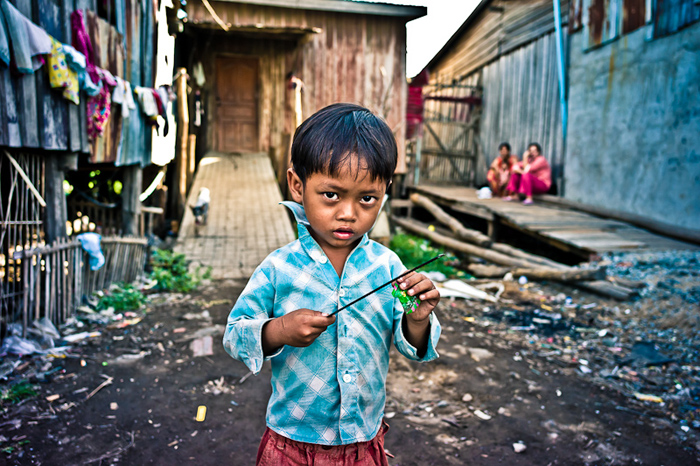 (Children live along the disused railway line in Phnom Penh, one of the poorest parts of the city - this shot taken with the Zeiss 25mm 2.8 lens, which surpassed my expectations, delivering amazing sharpness and 3D look every time)
(Children live along the disused railway line in Phnom Penh, one of the poorest parts of the city - this shot taken with the Zeiss 25mm 2.8 lens, which surpassed my expectations, delivering amazing sharpness and 3D look every time)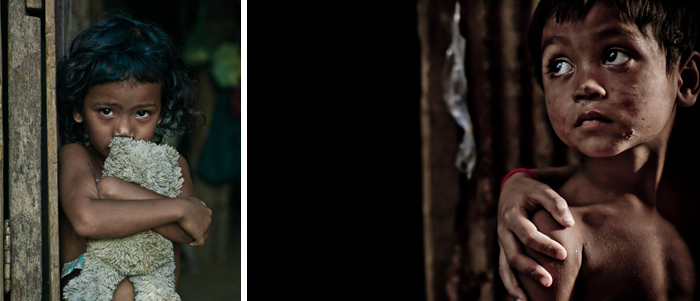 (More kids living in shacks along the disused railway line)
(More kids living in shacks along the disused railway line)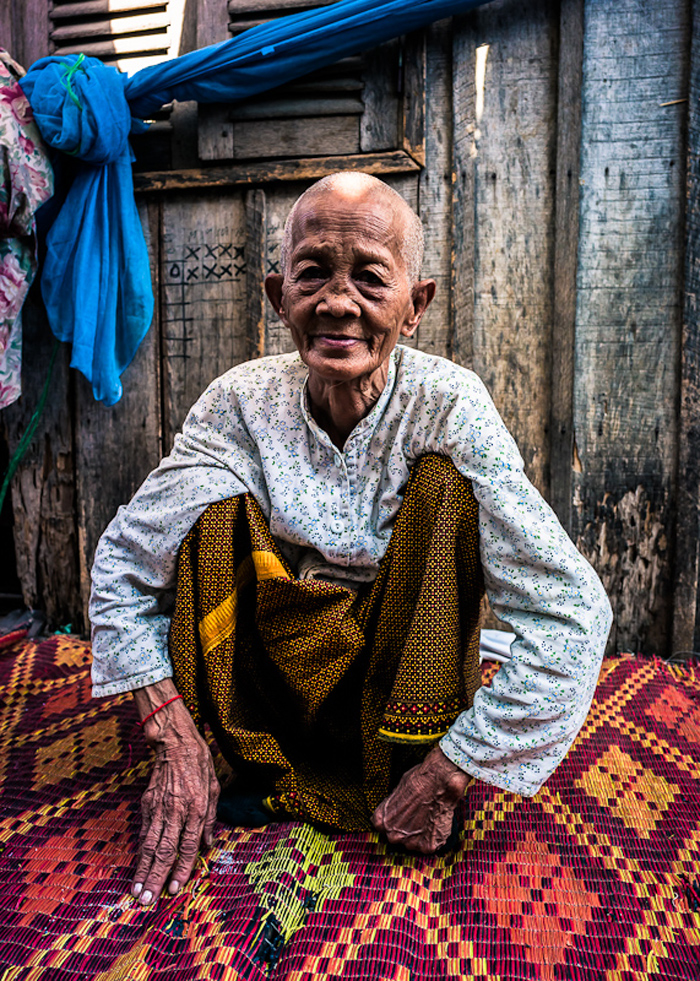 (old lady, shot with the Zeiss 25mm lens...amazingly sharp)
(old lady, shot with the Zeiss 25mm lens...amazingly sharp)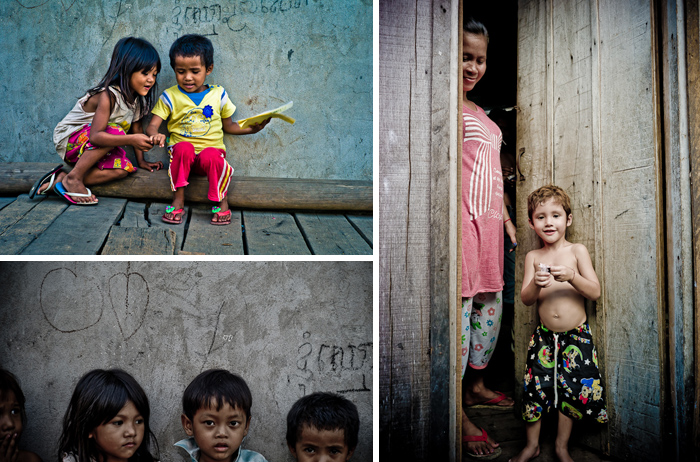 (Children of the railway village, including the 'western' looking child we found pictured here on the right)
(Children of the railway village, including the 'western' looking child we found pictured here on the right)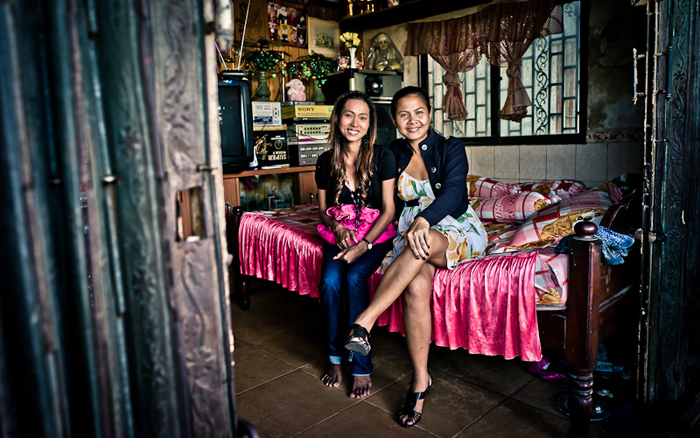 (working girls that live in the railroad slums)
(working girls that live in the railroad slums)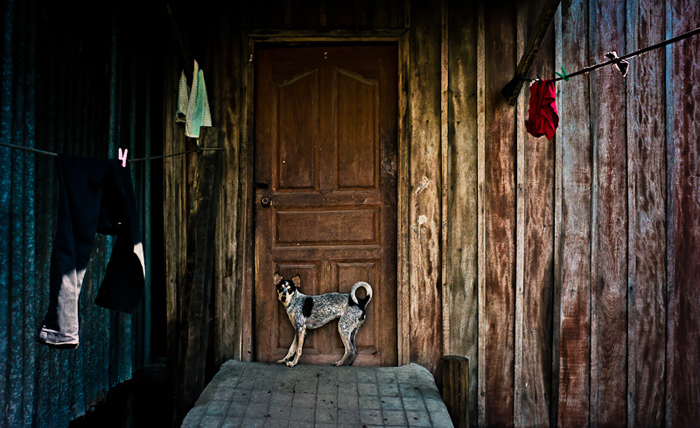 (in the doghouse...)
(in the doghouse...)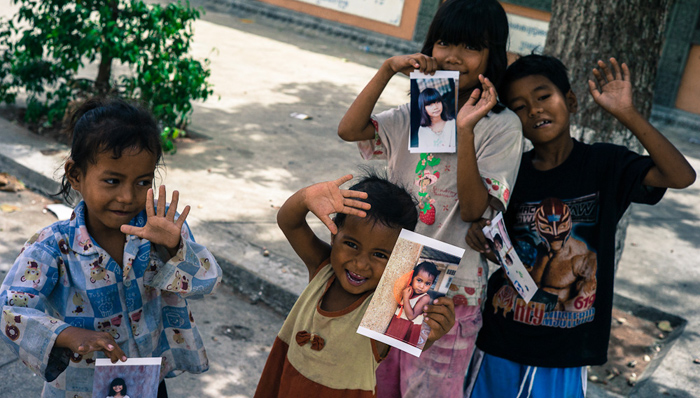 (giving back a print and some candy to the kids was certainly the best way to gain access for us)
(giving back a print and some candy to the kids was certainly the best way to gain access for us)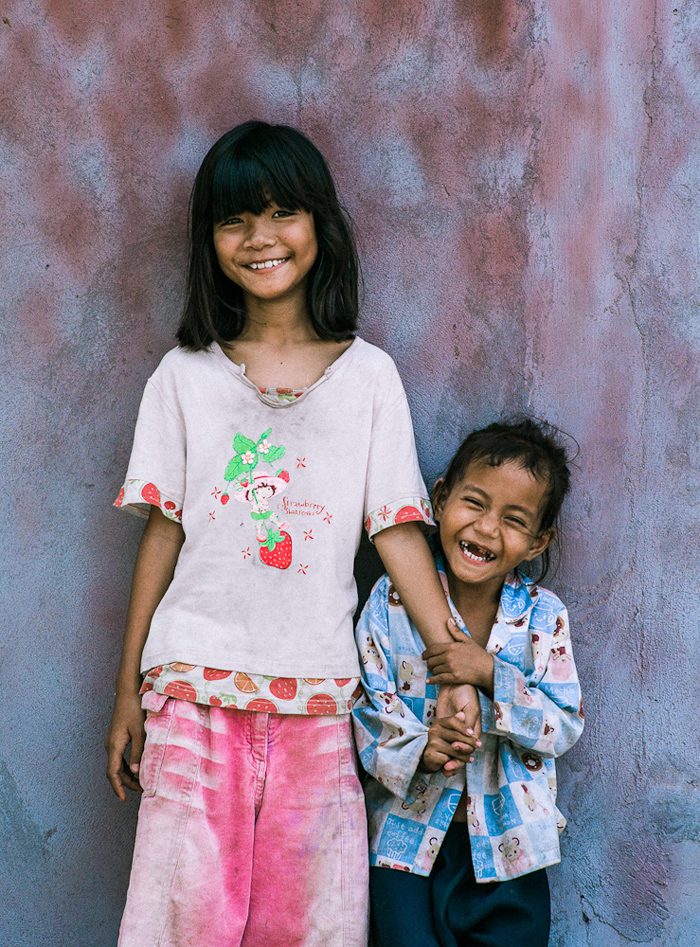
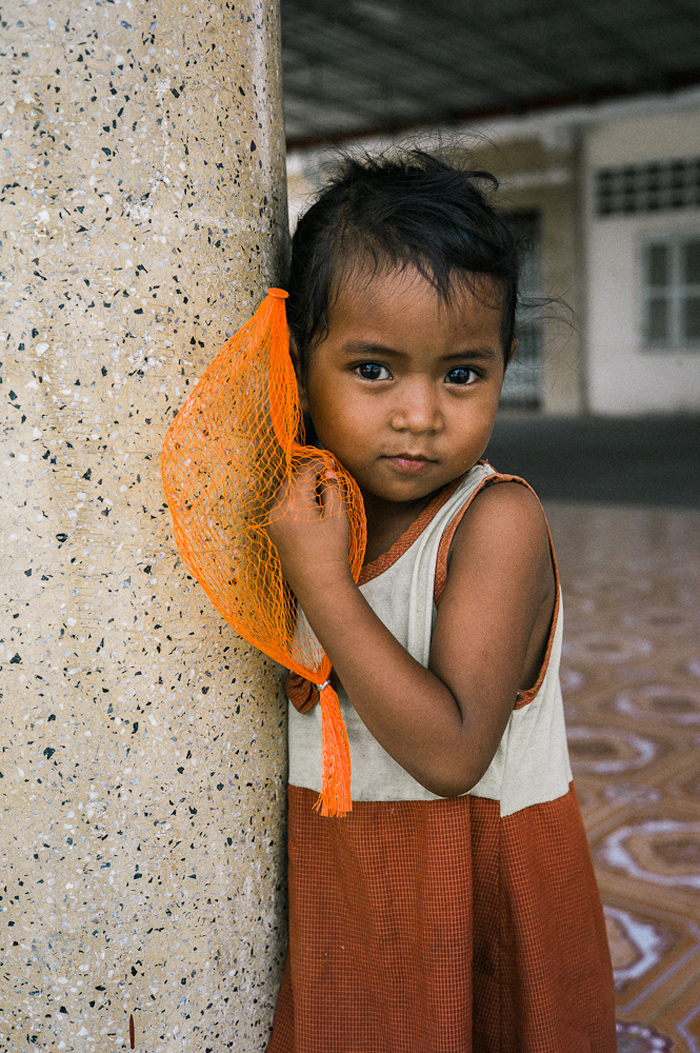
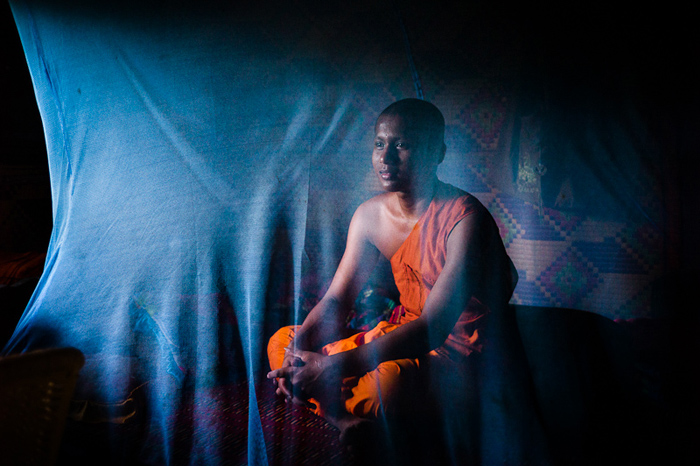

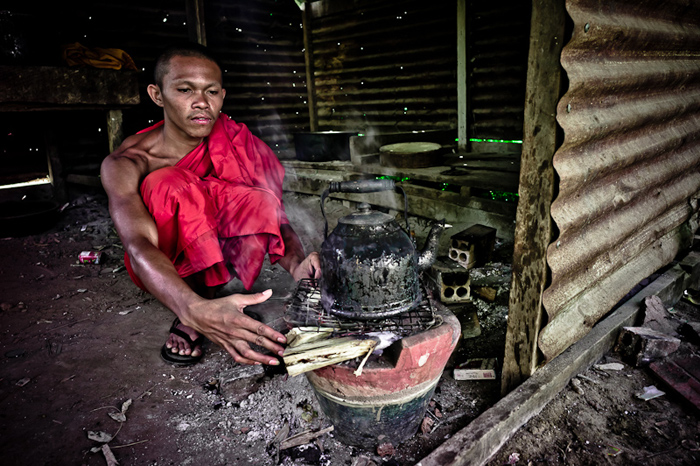


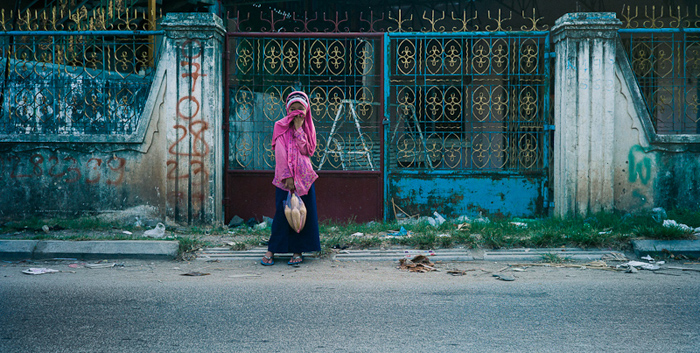 (young muslim girl in Phom Penh)
(young muslim girl in Phom Penh)
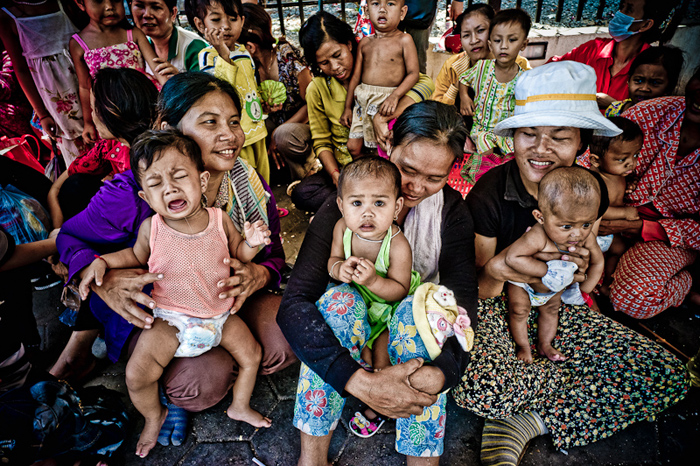 (the Zeiss 21mm 2.8 performed amazingly on the M9)
(the Zeiss 21mm 2.8 performed amazingly on the M9)